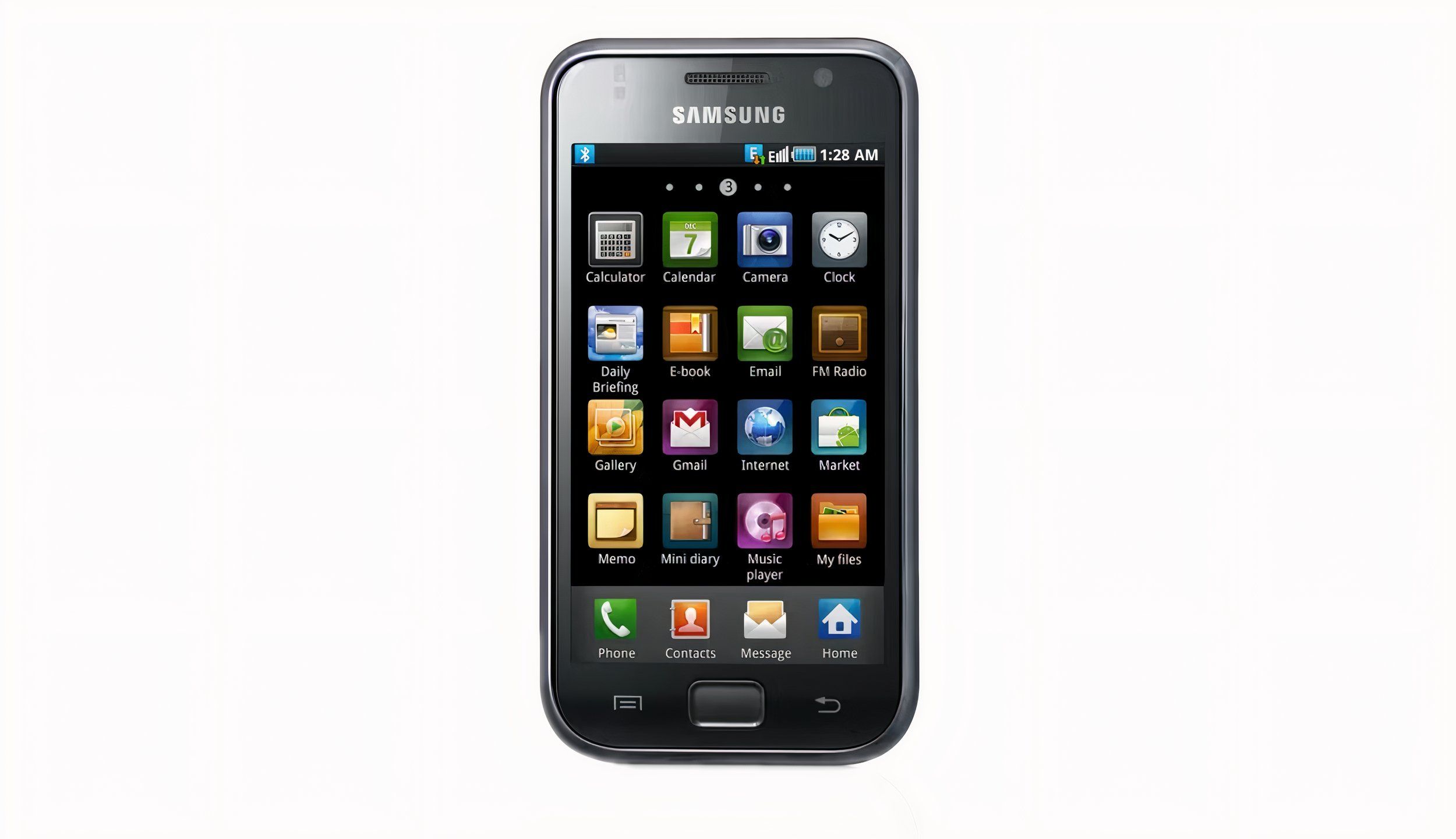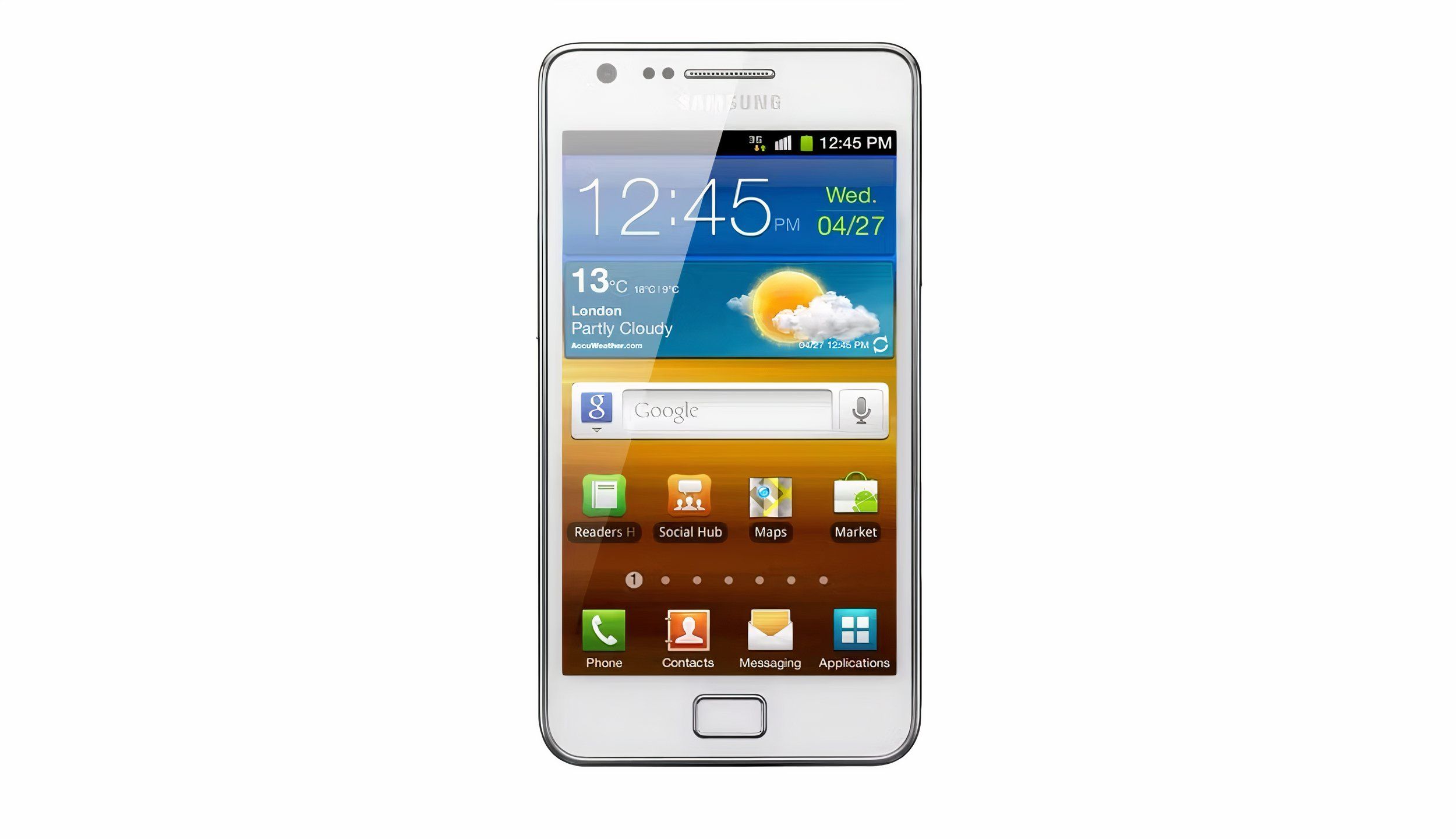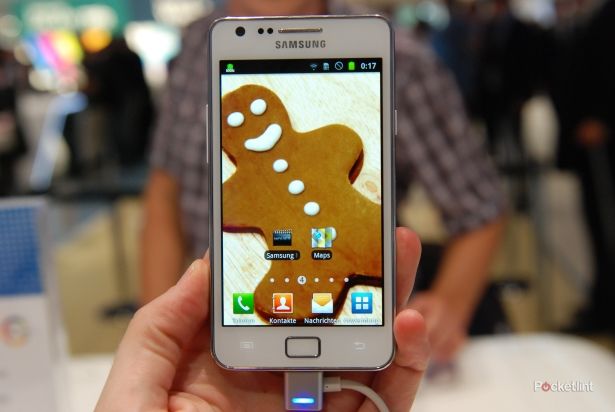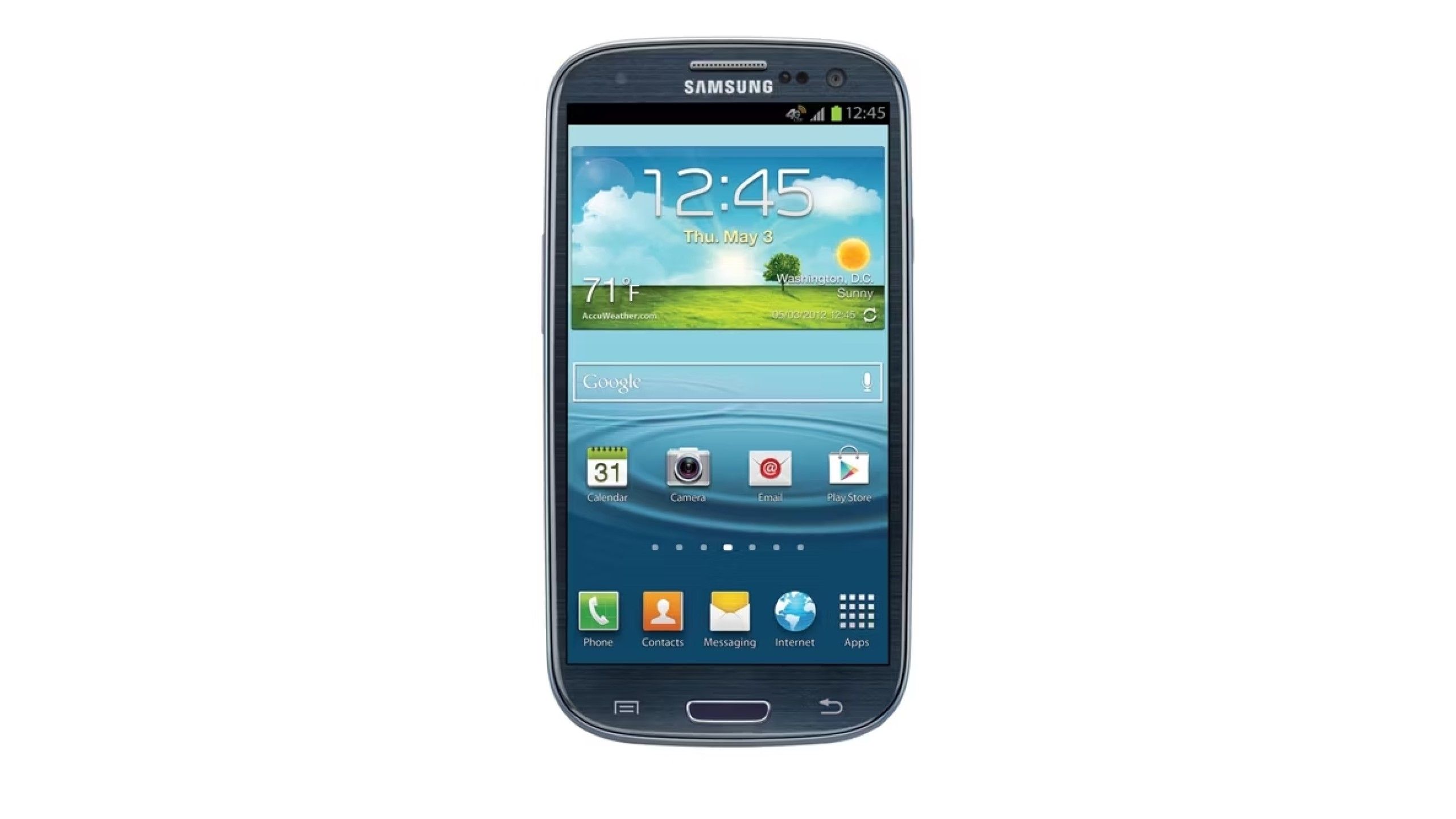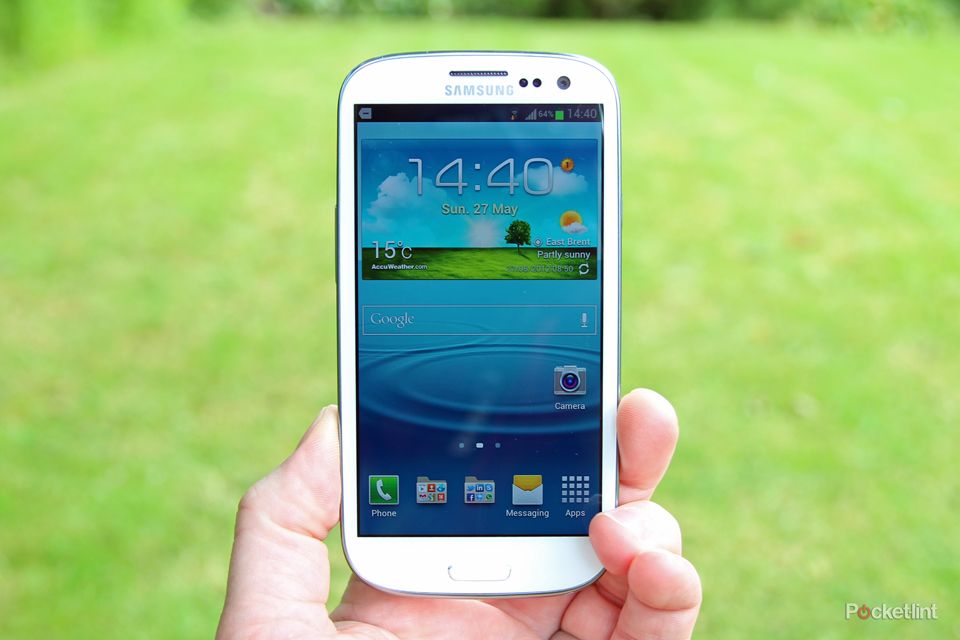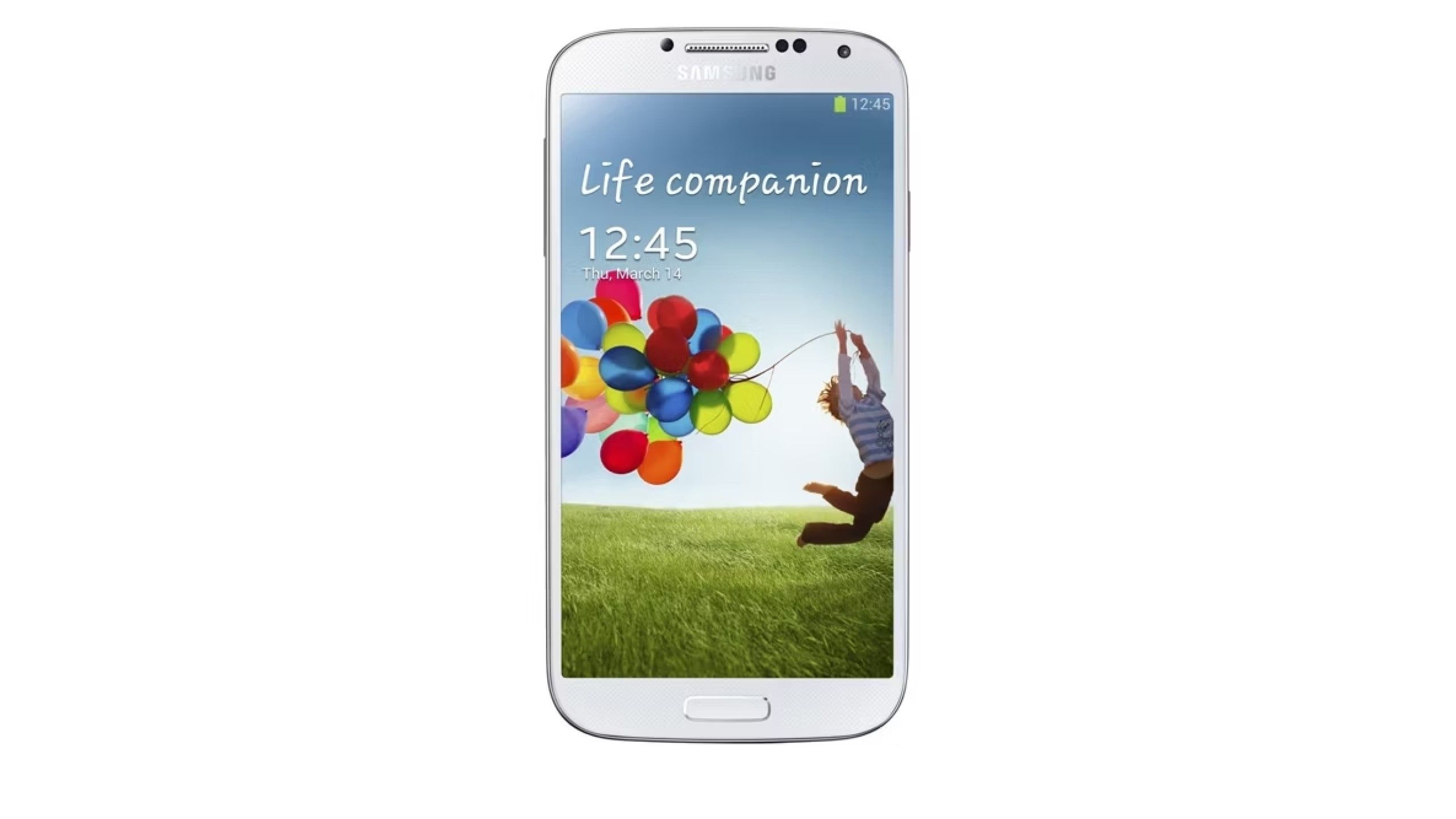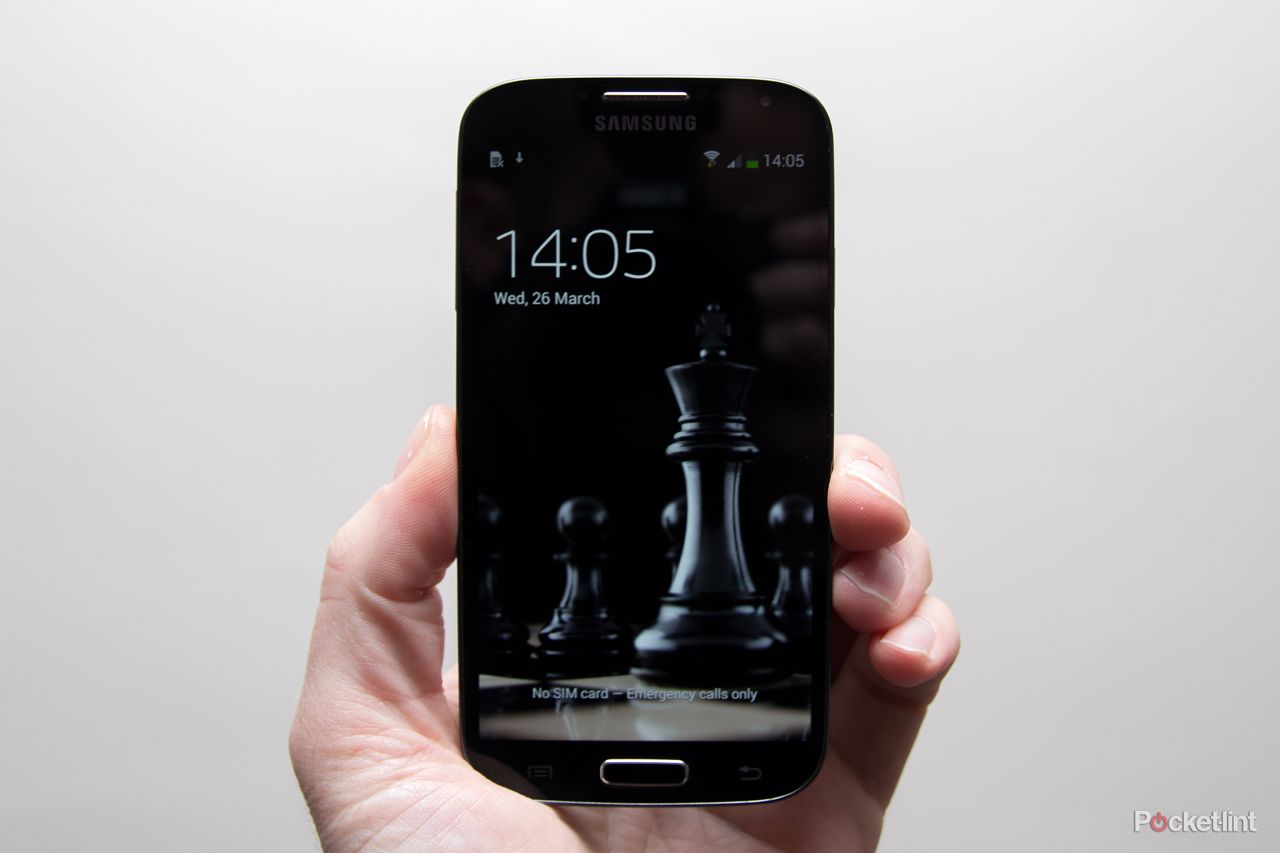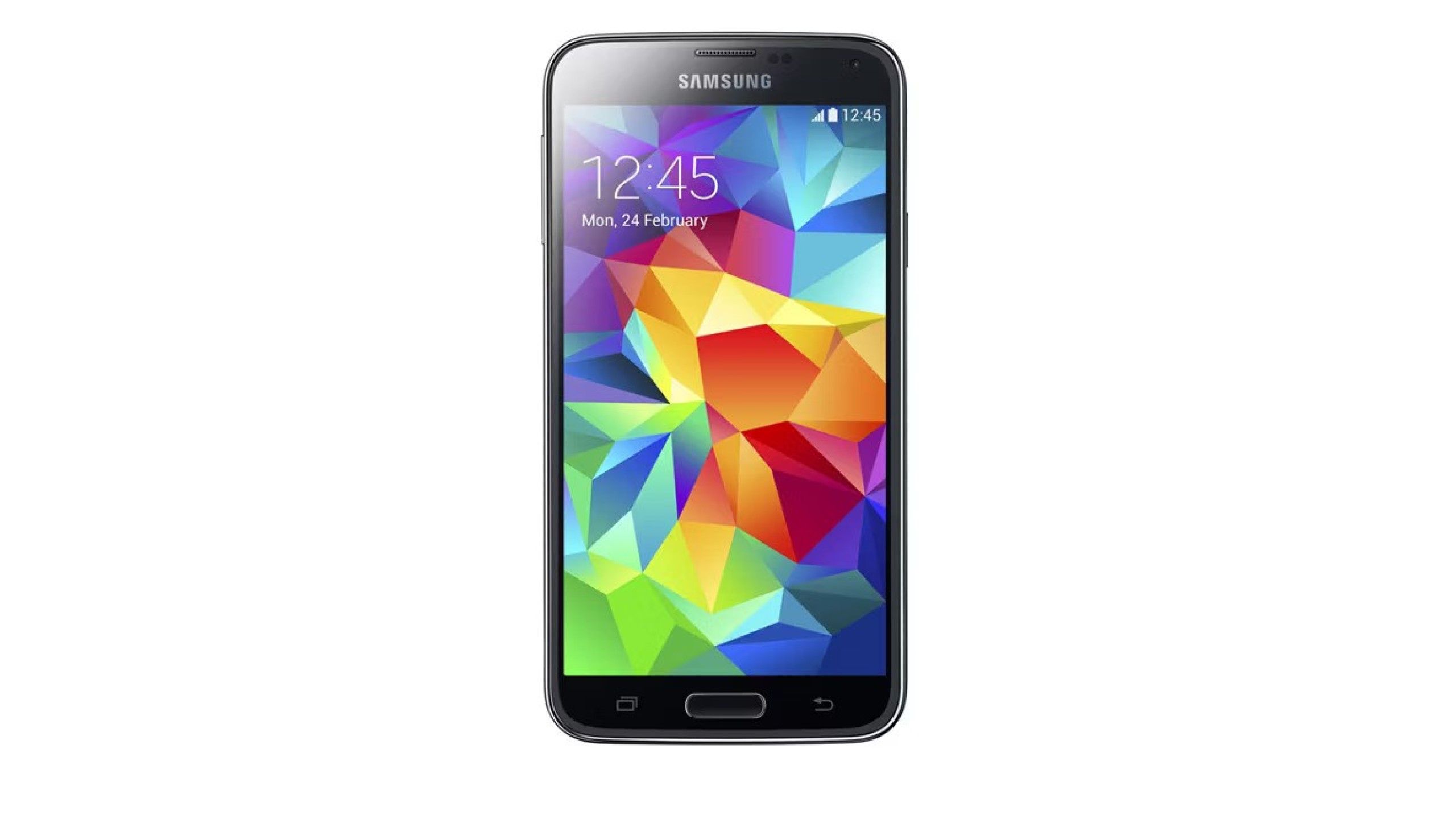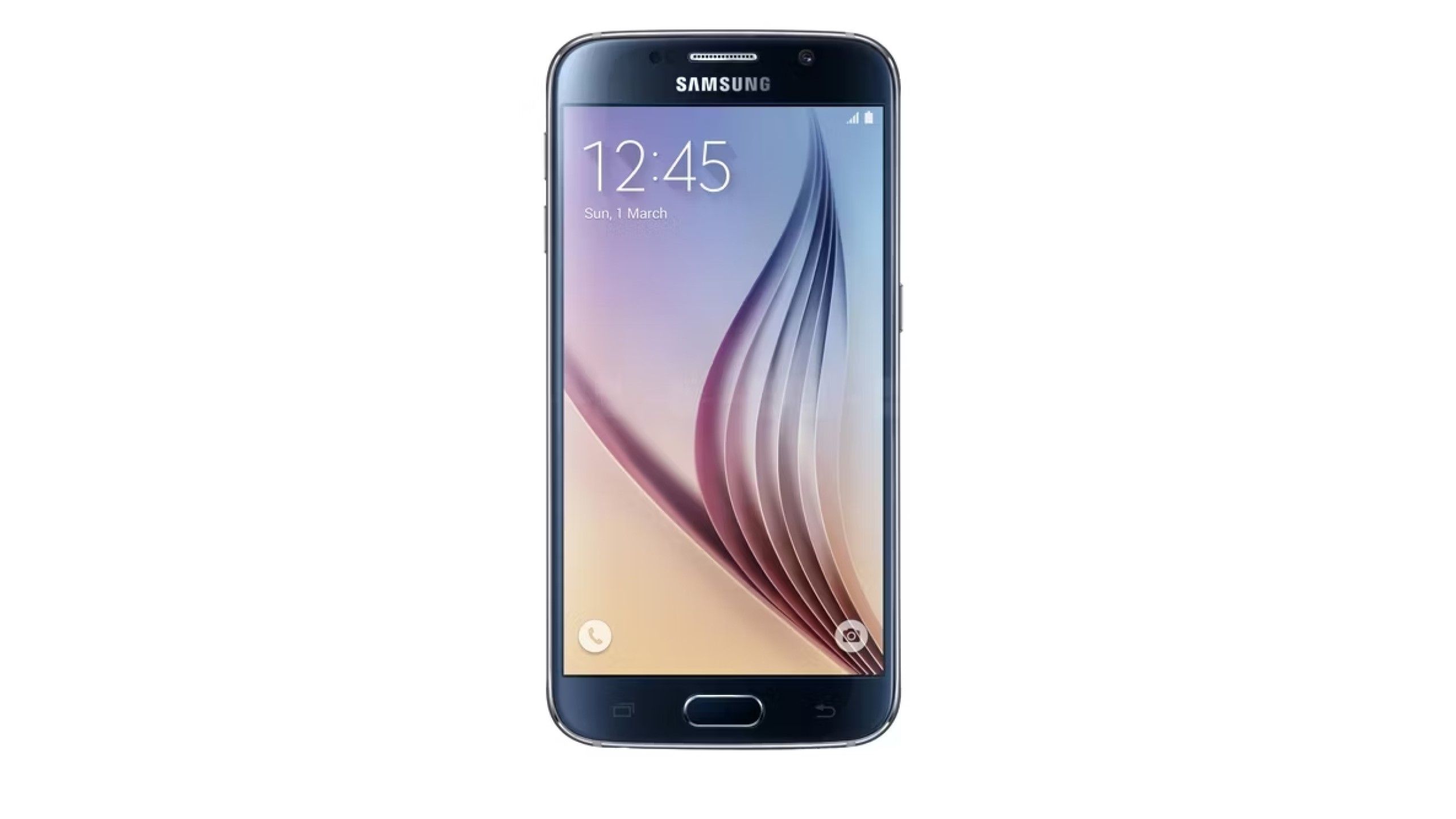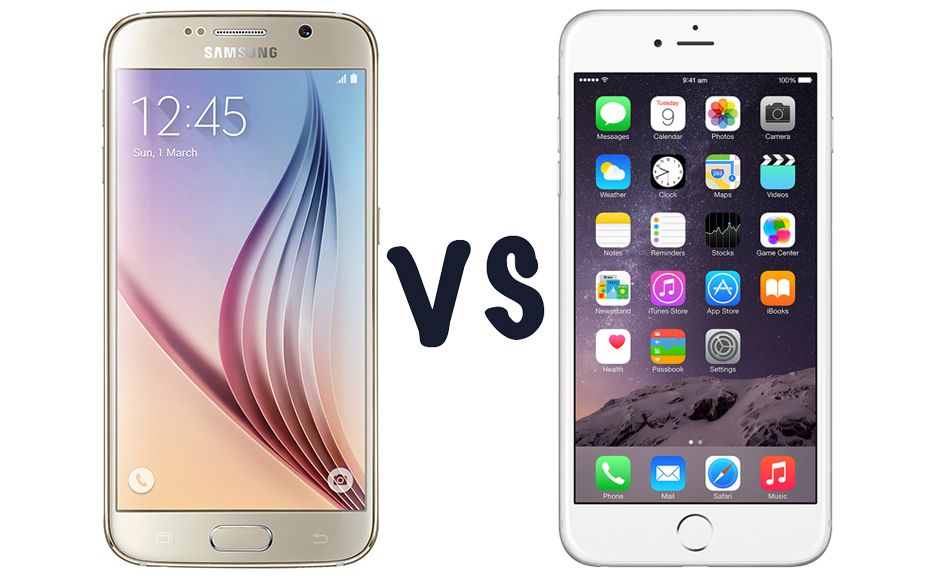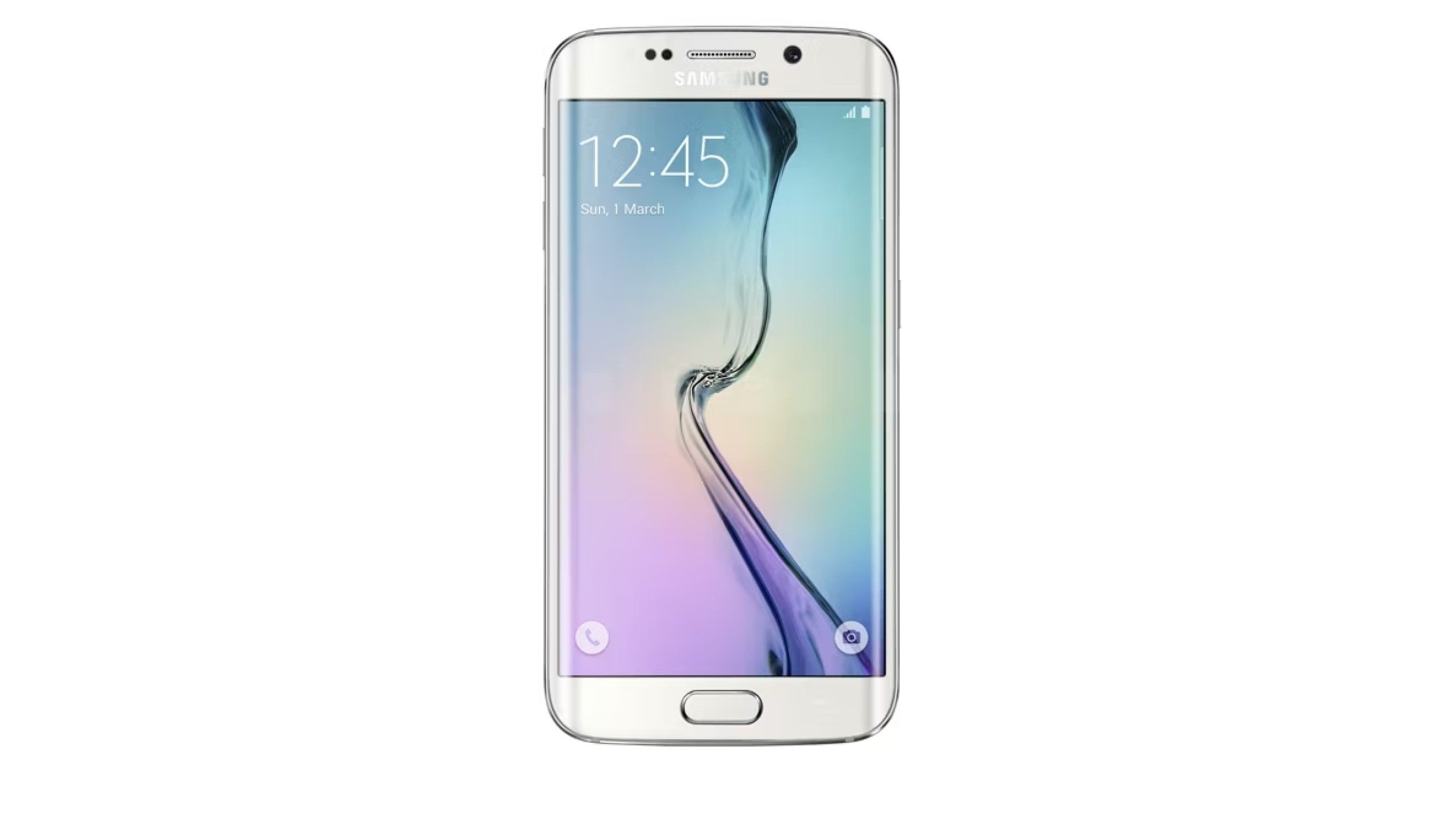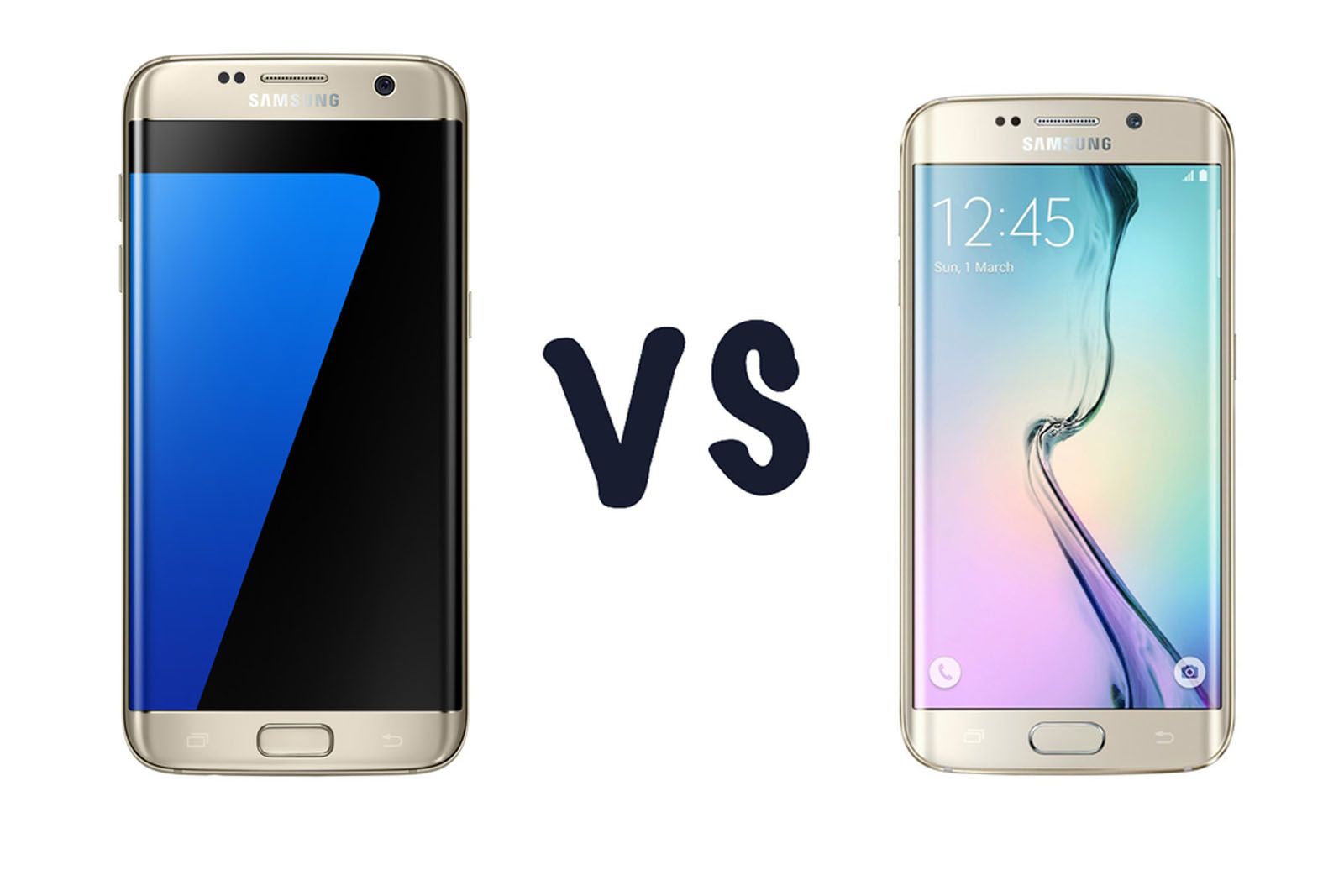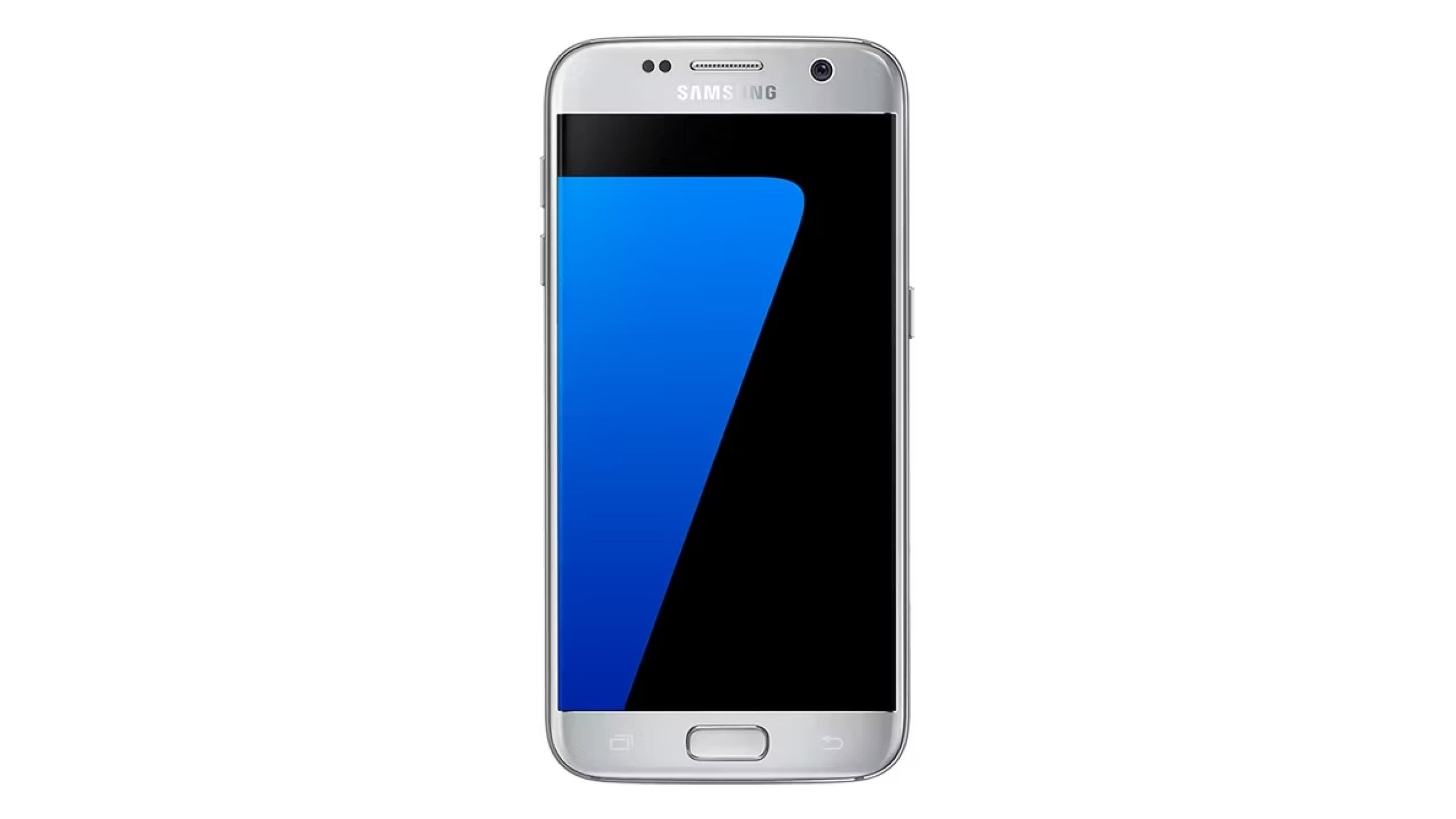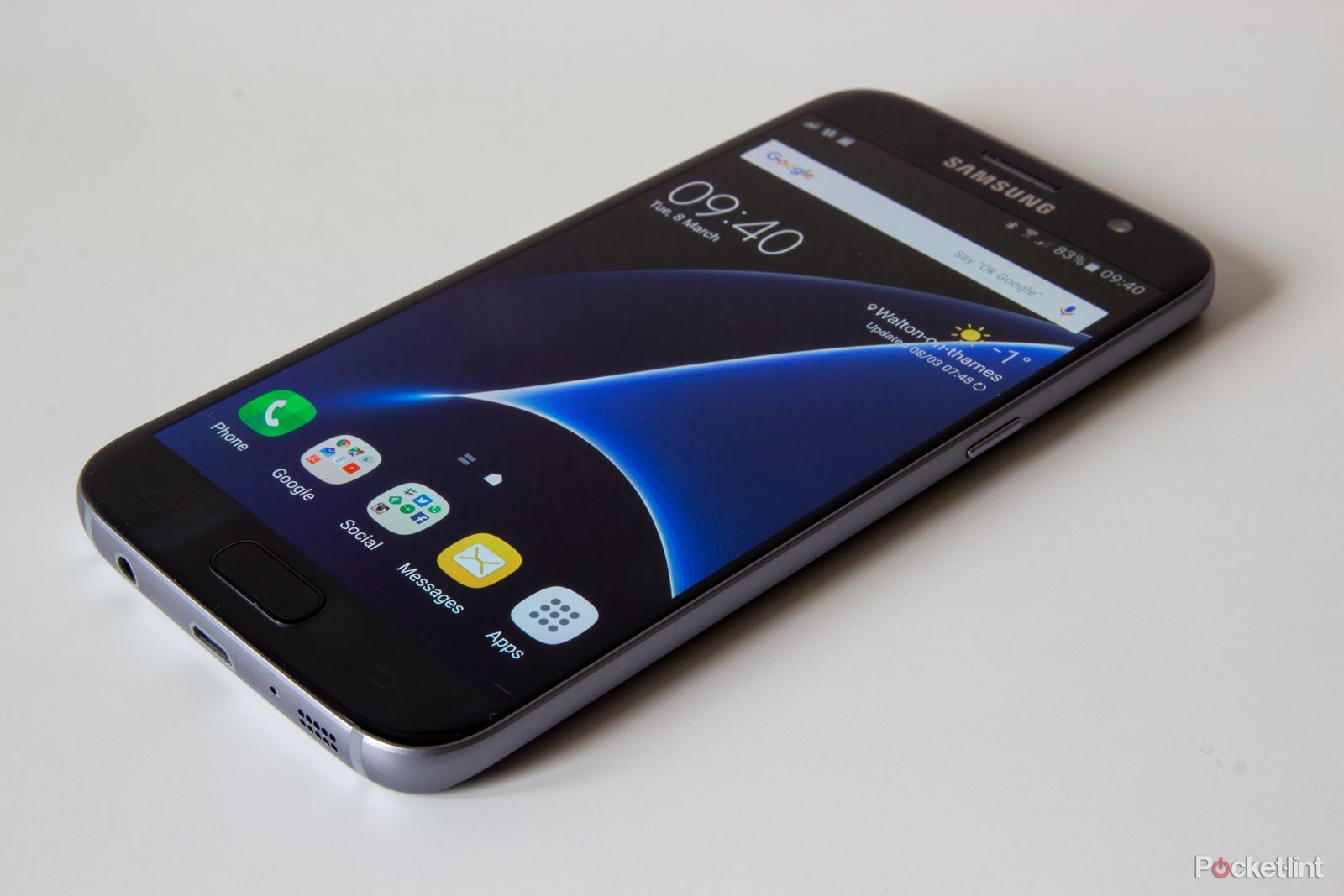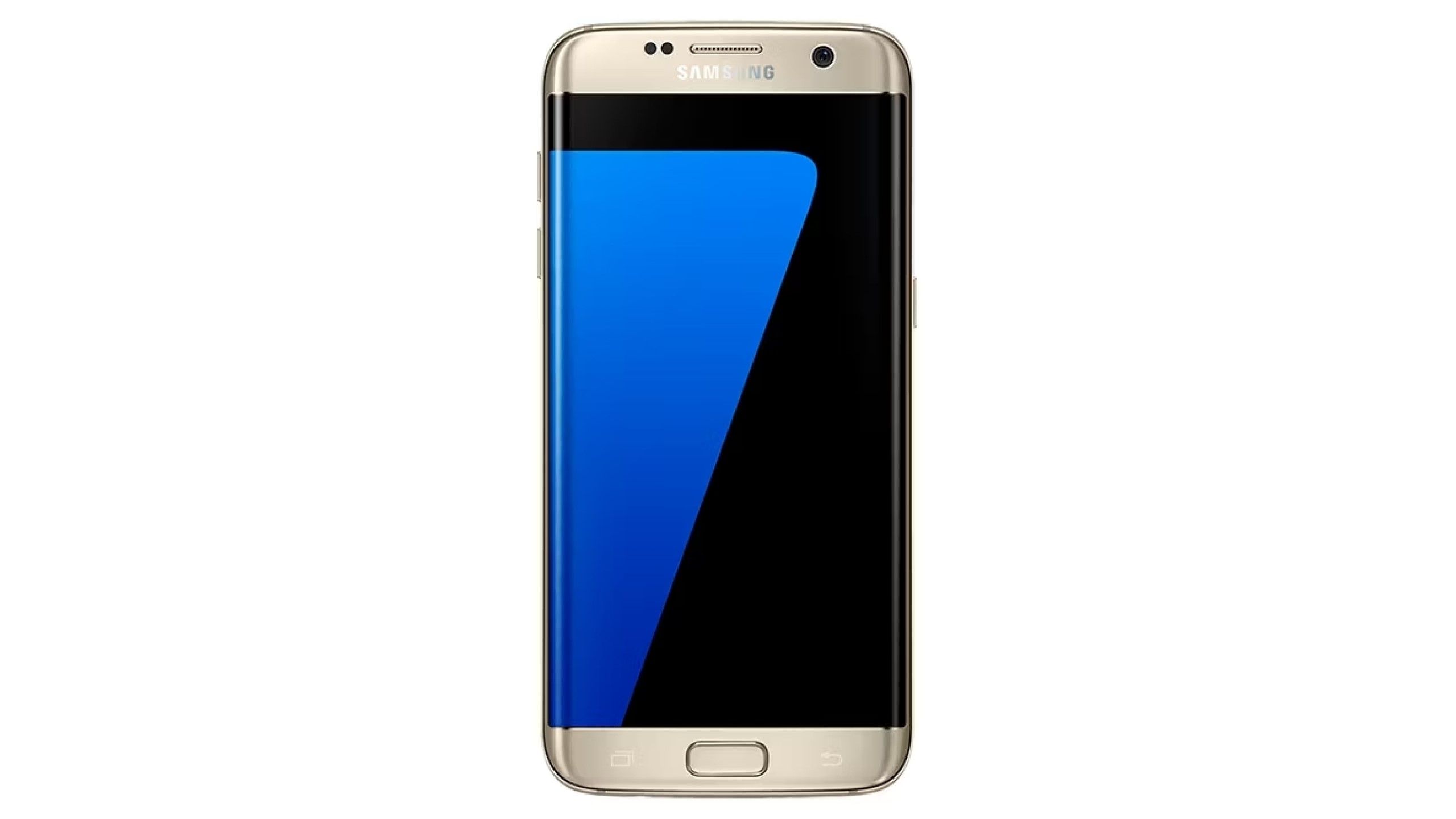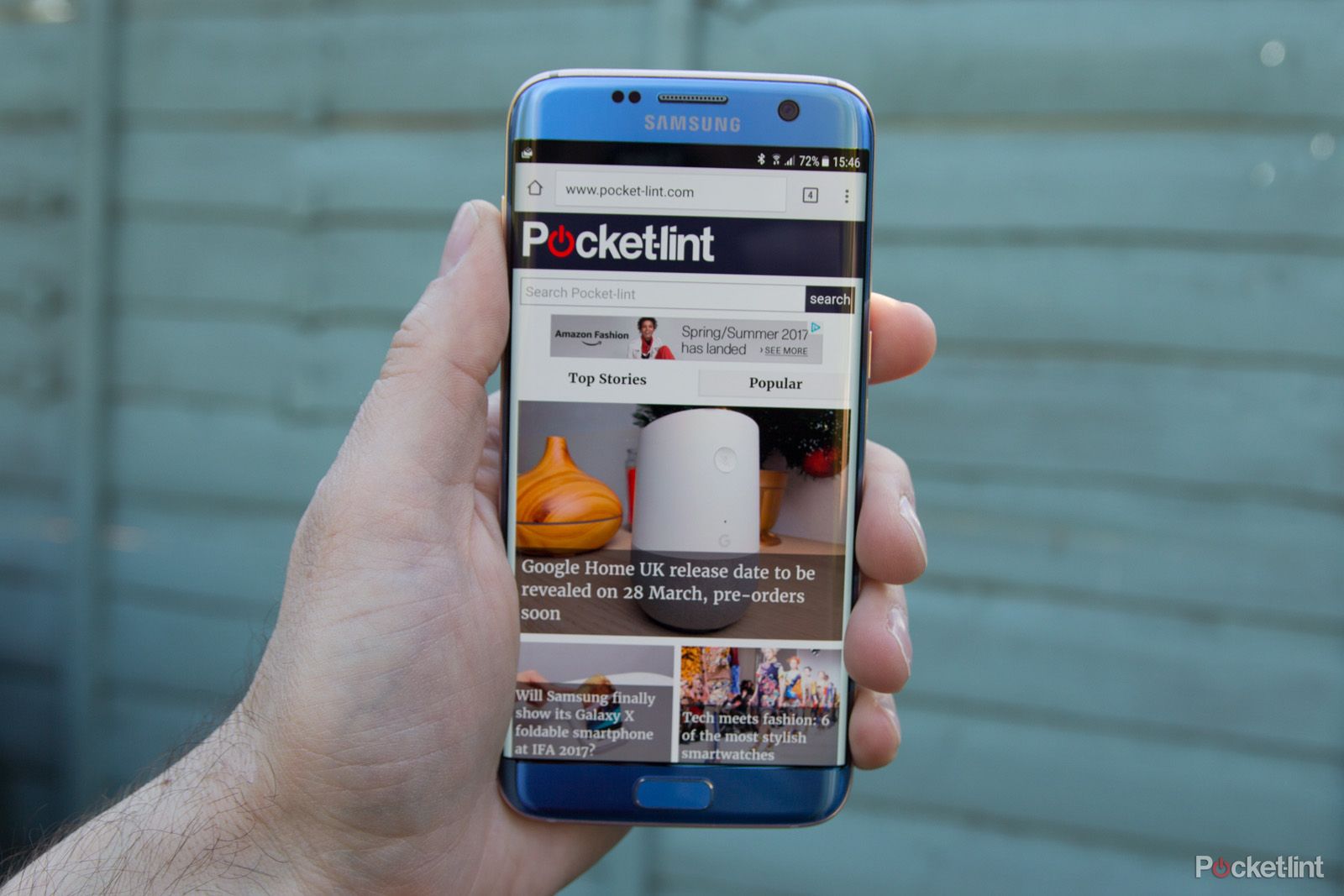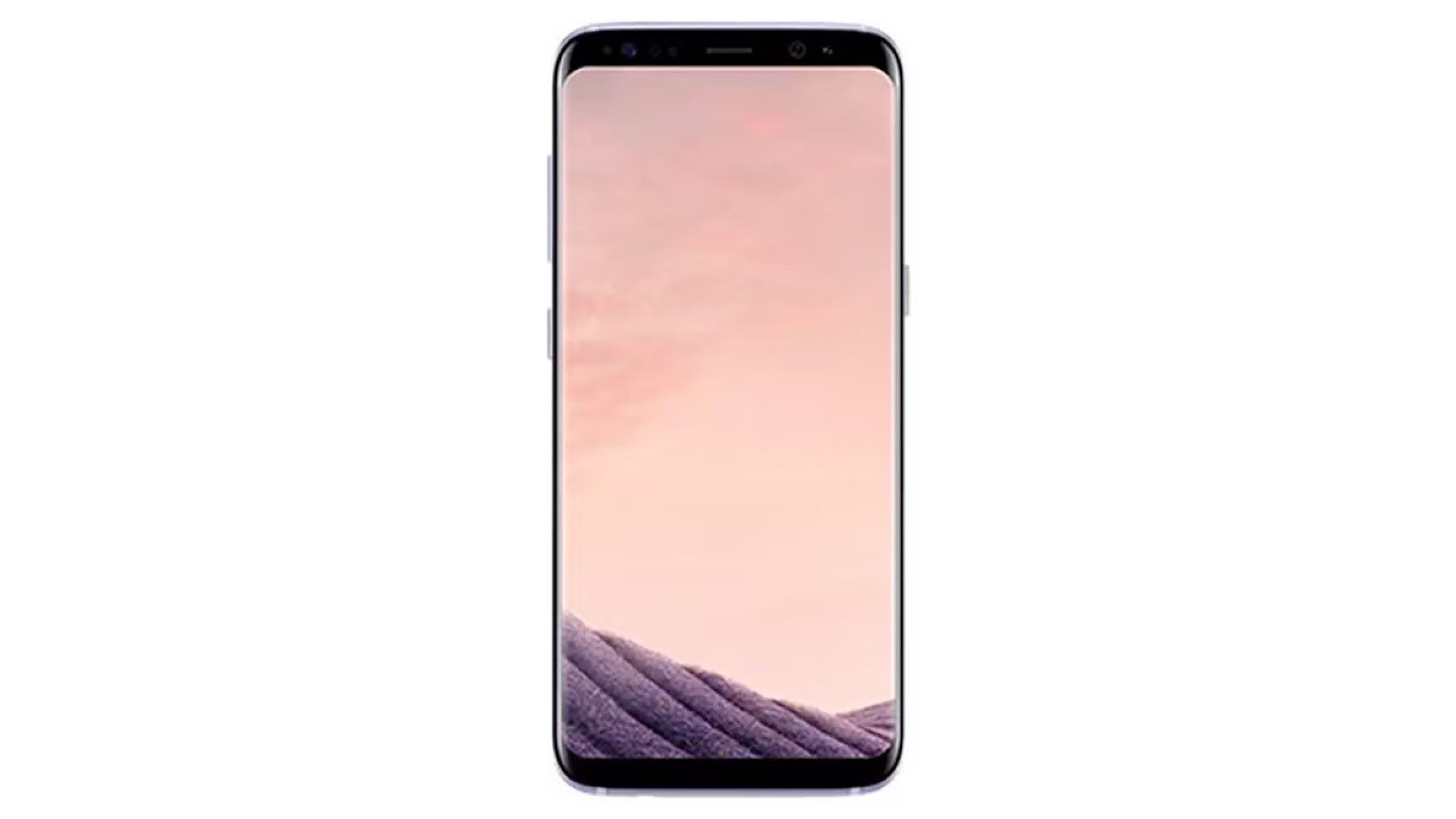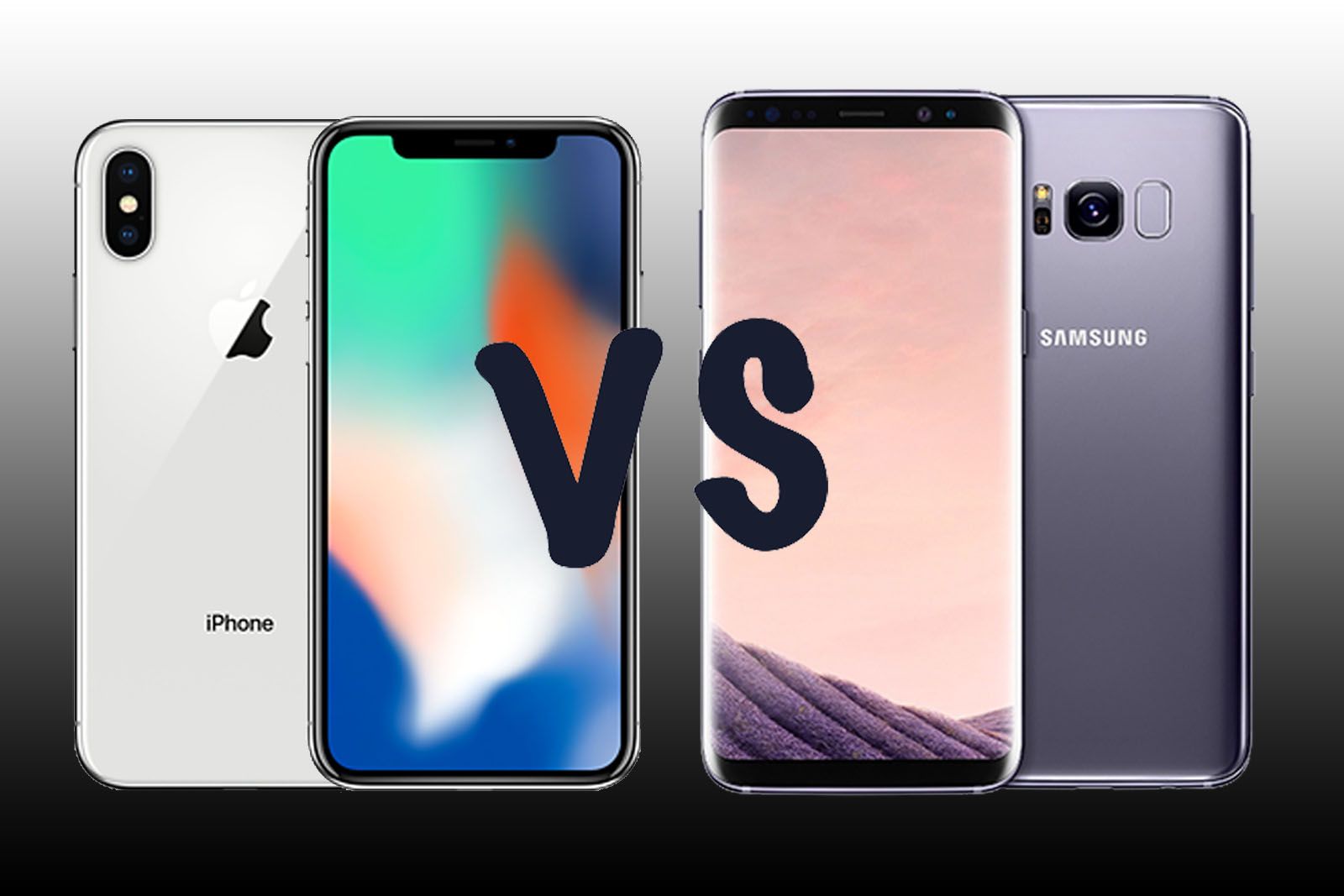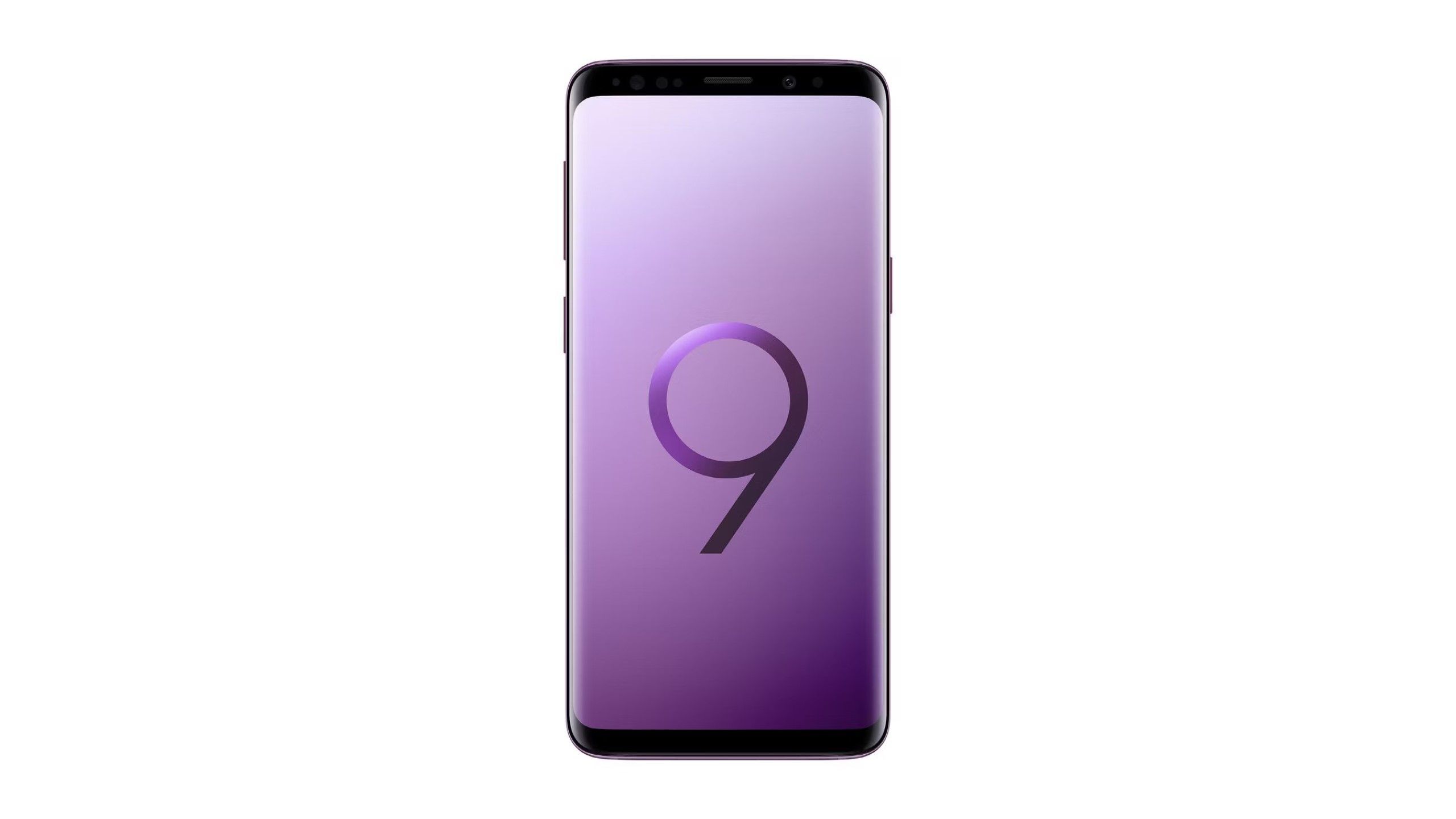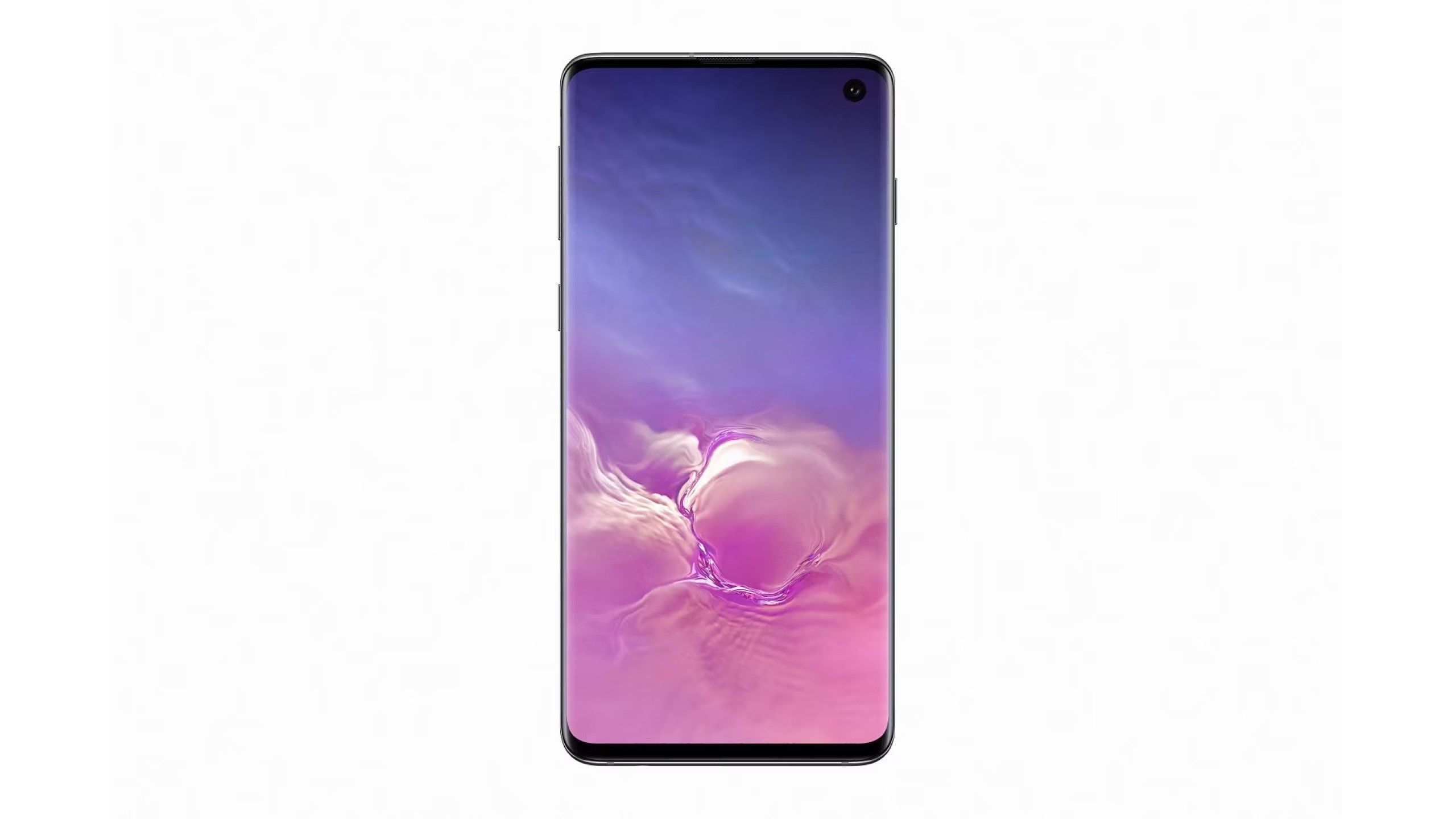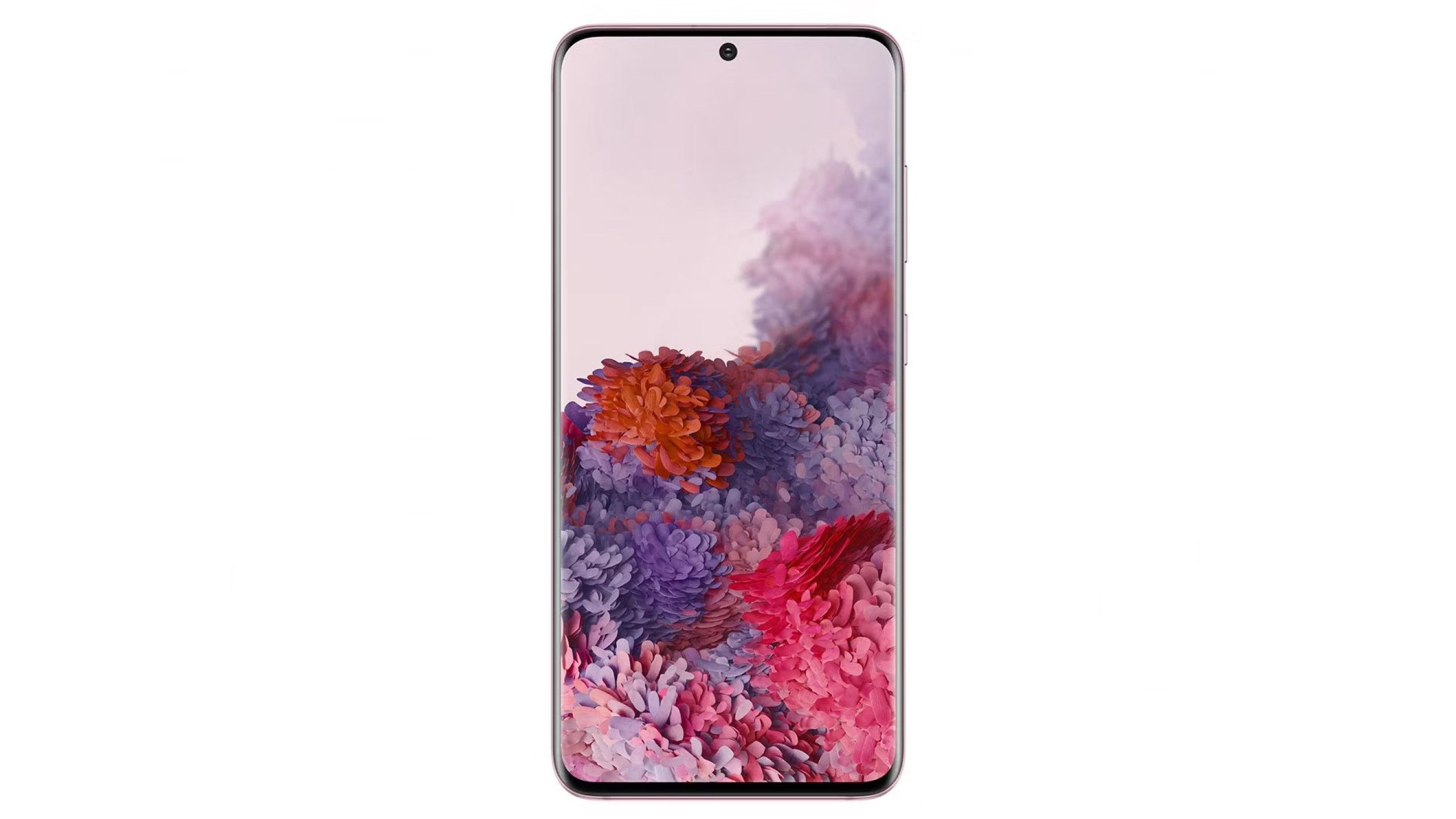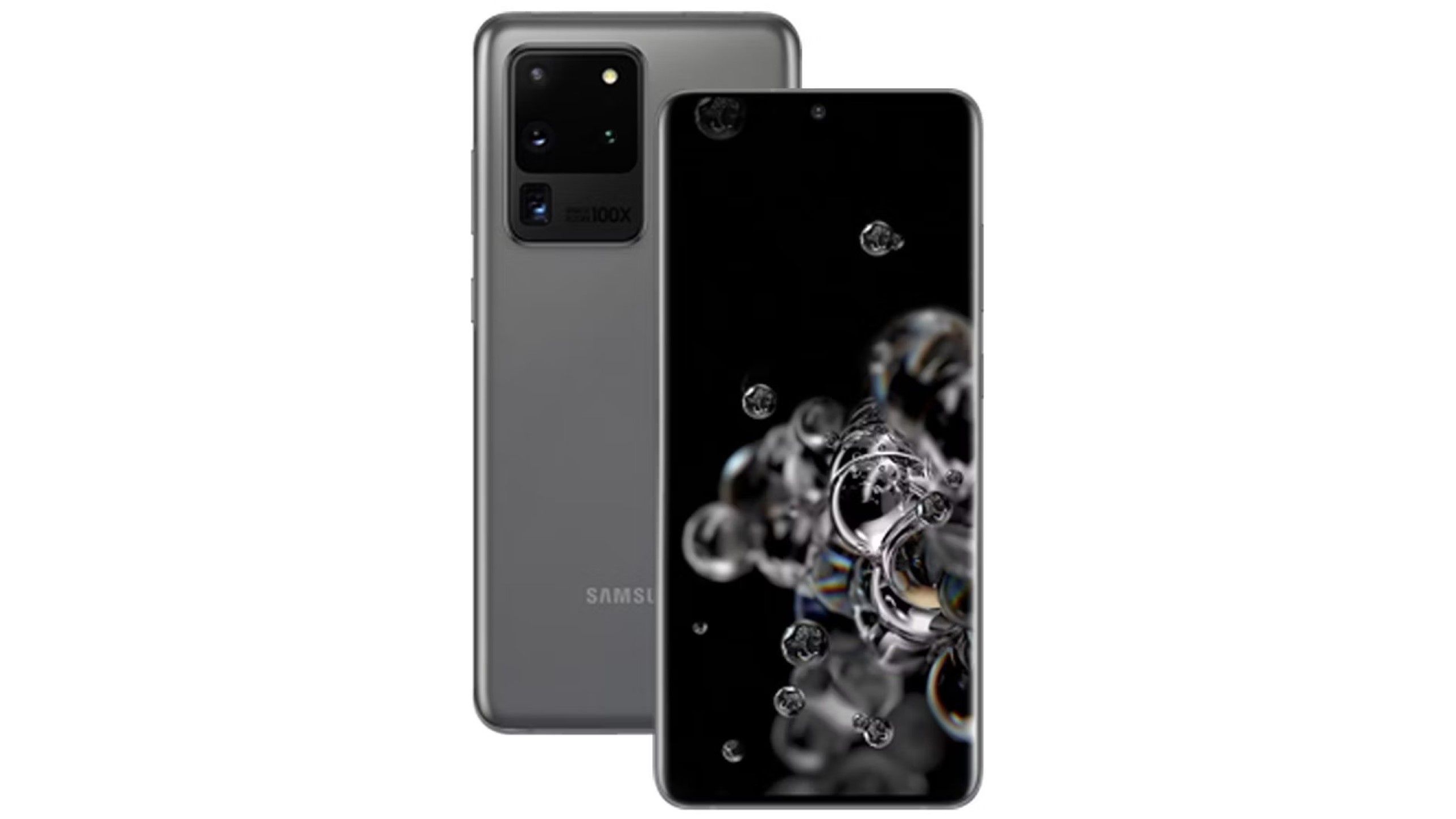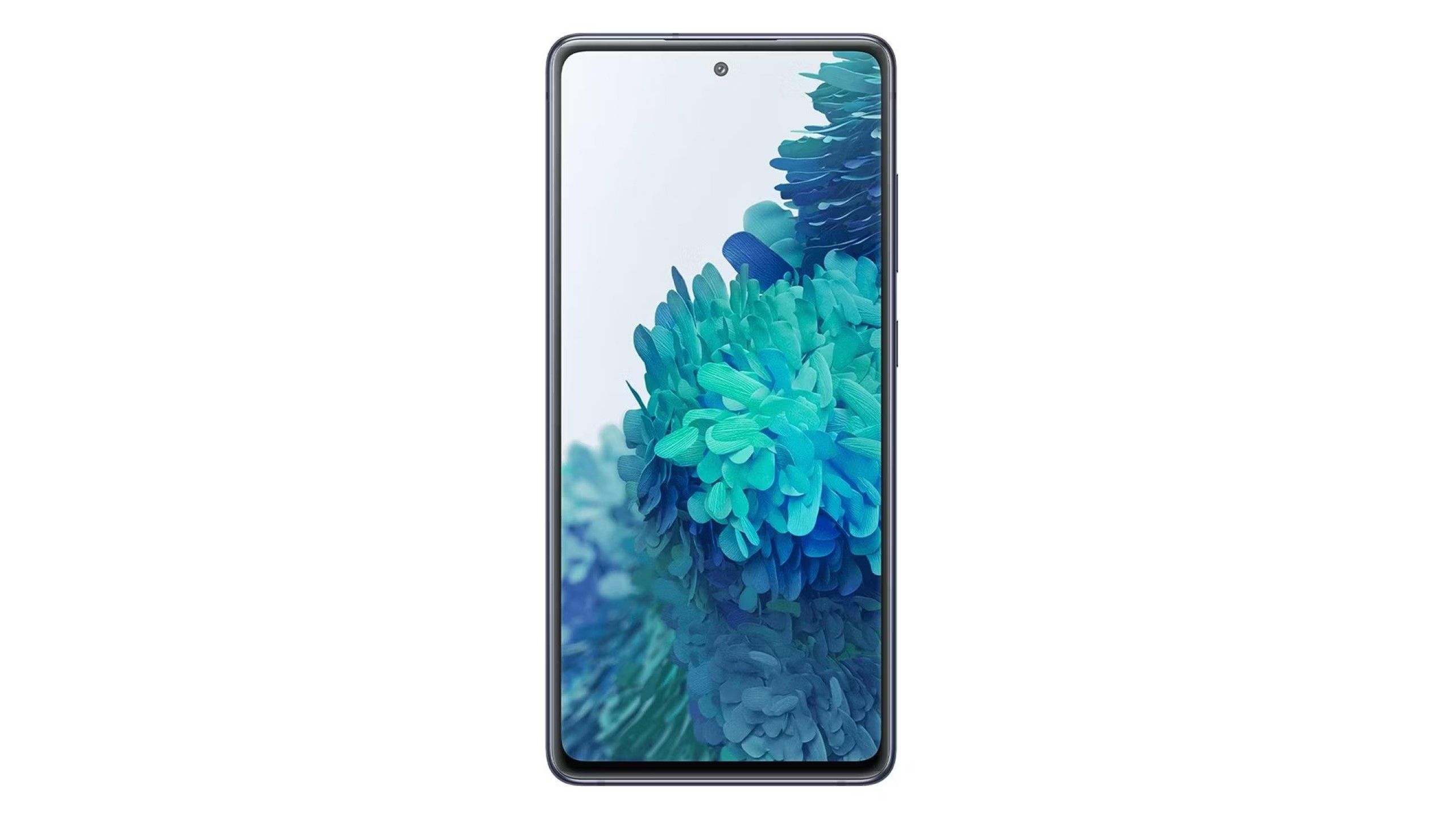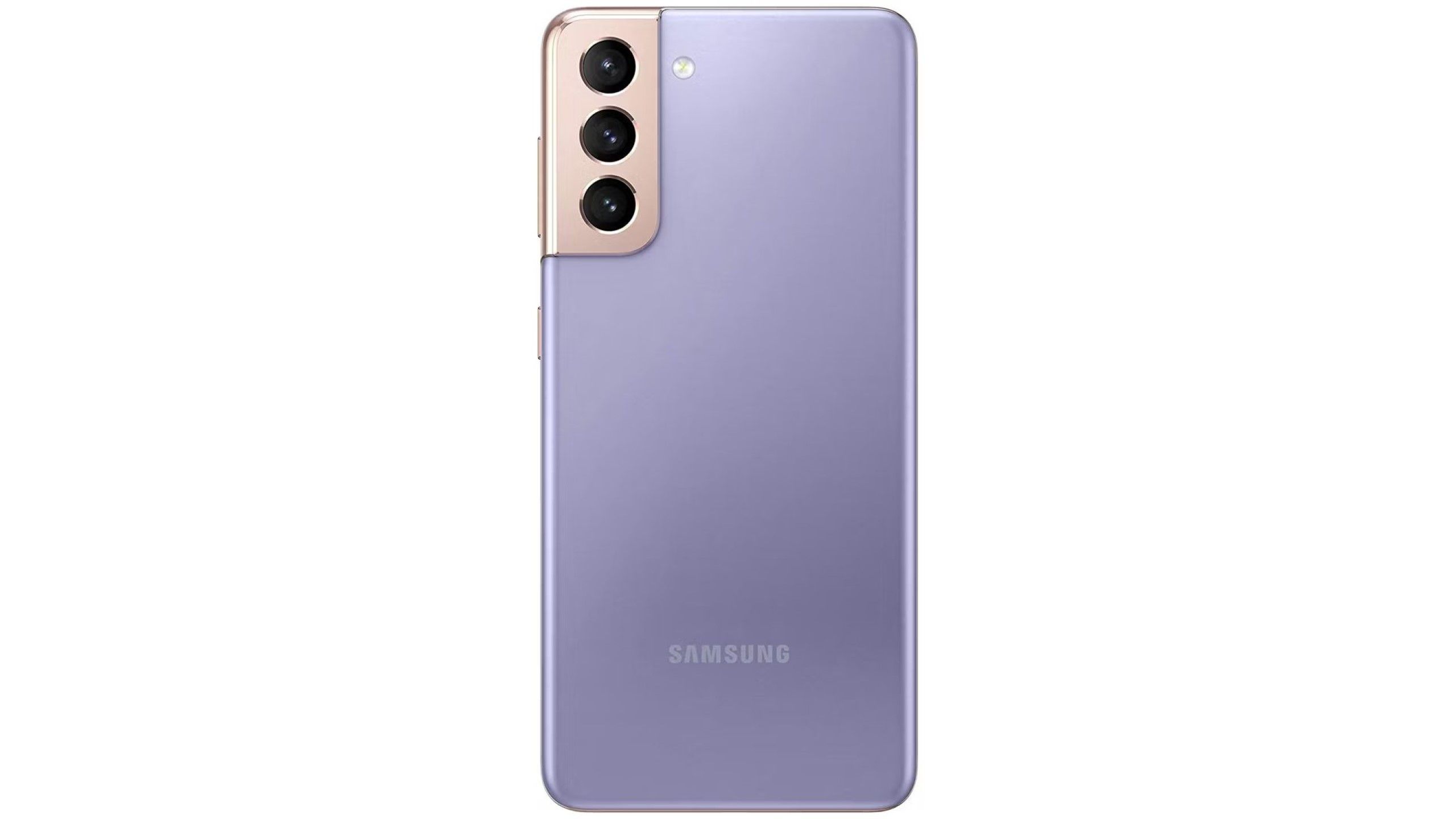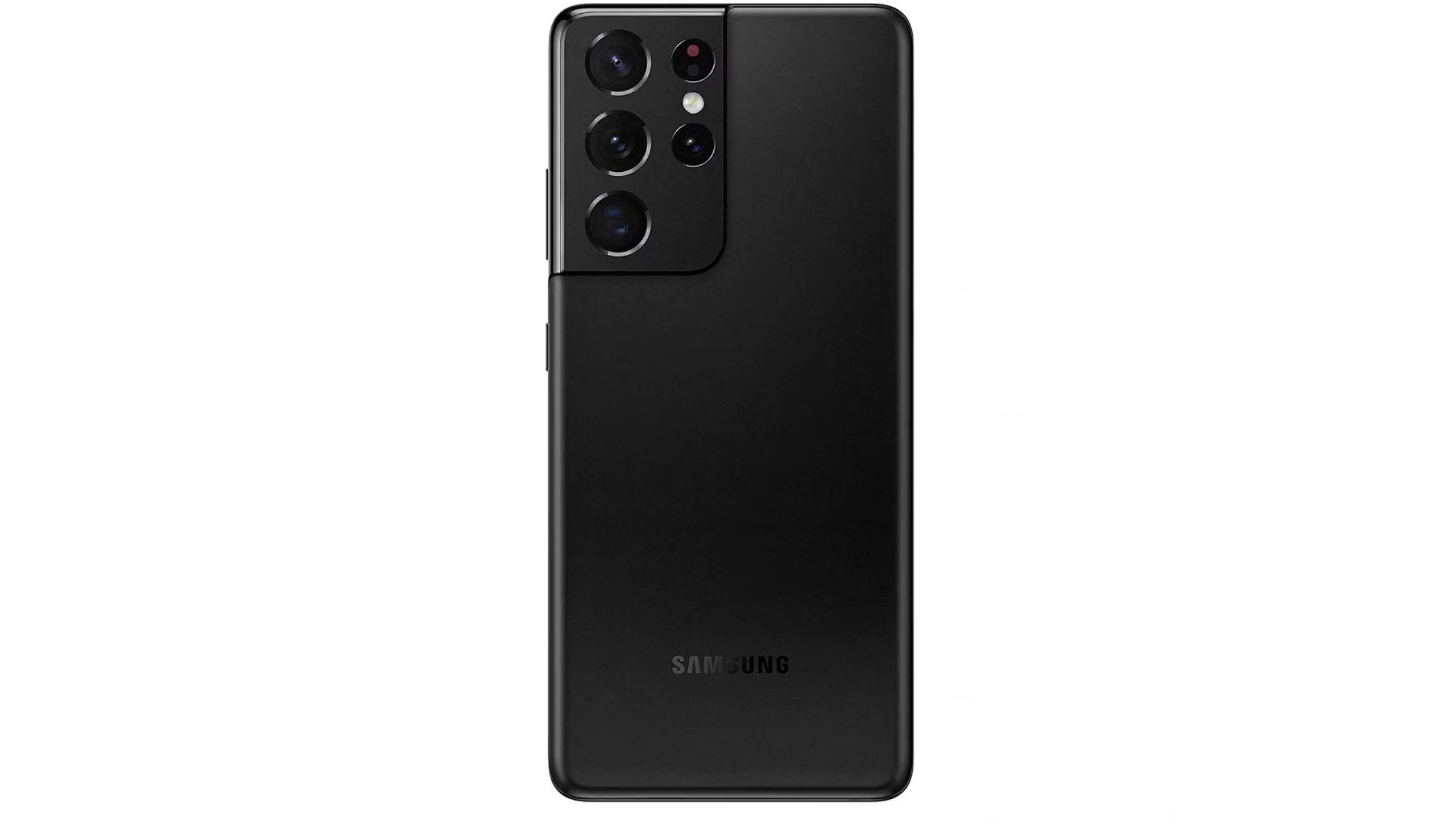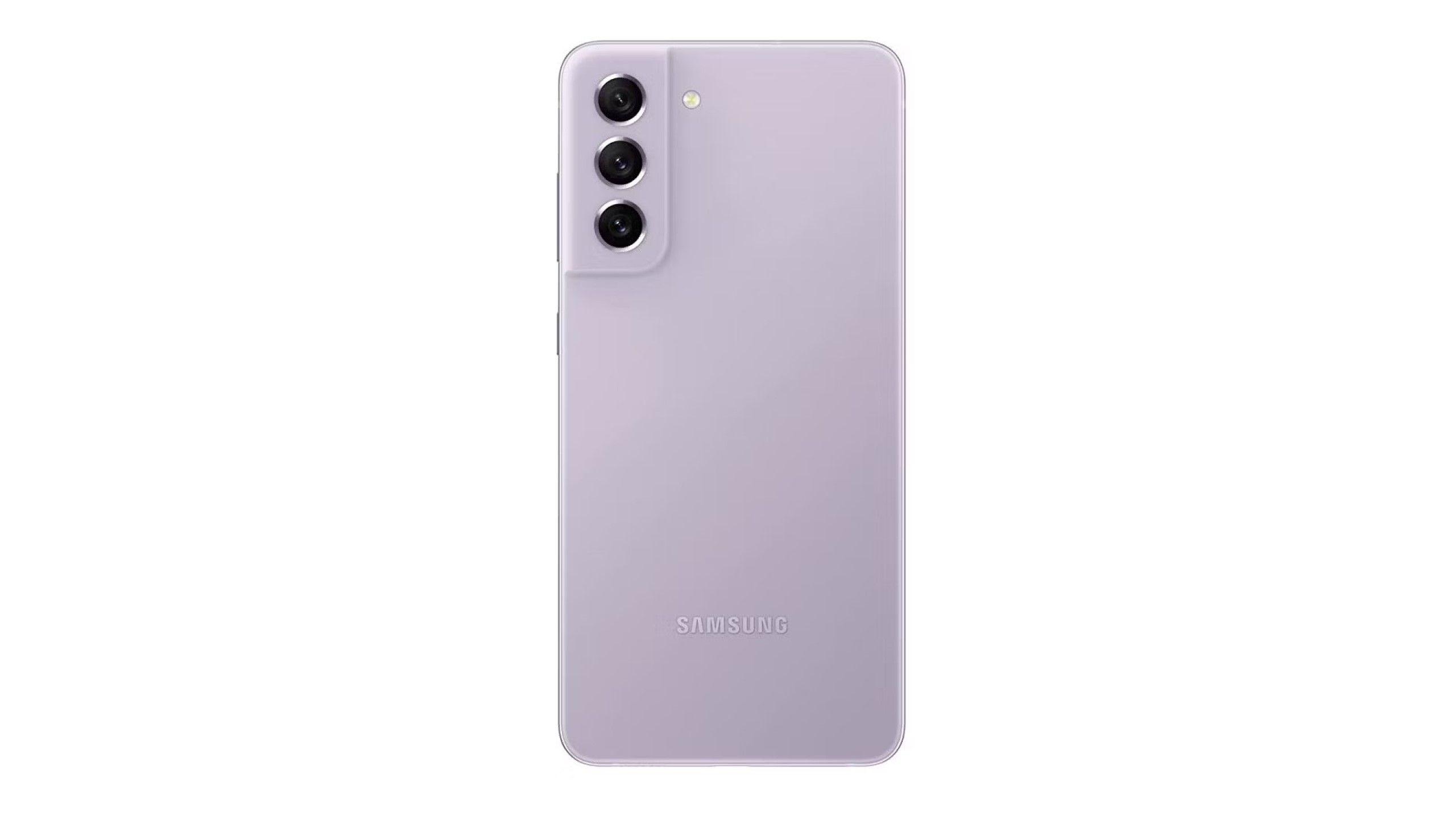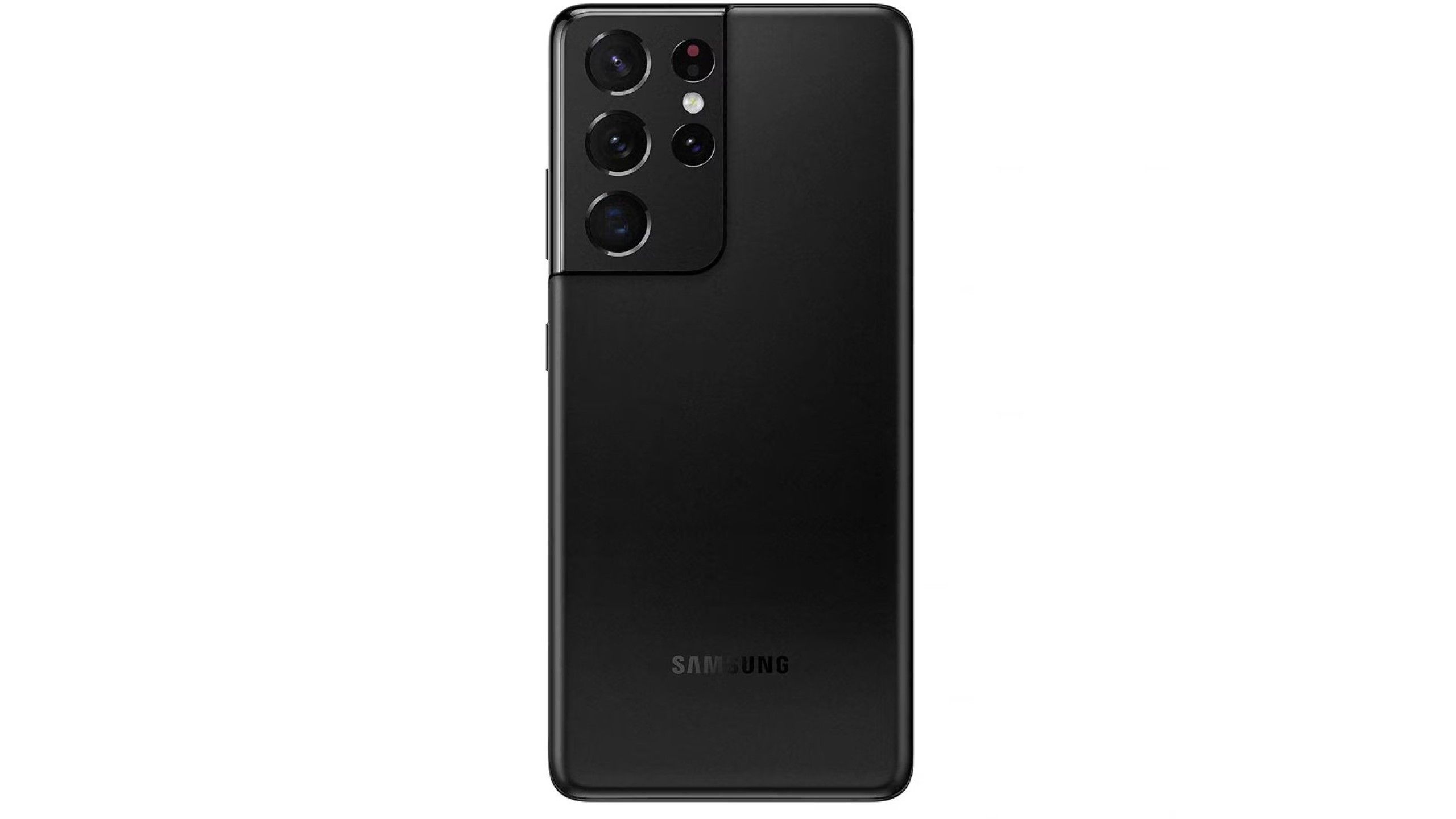Key Takeaways
- Samsung Galaxy S24, S24+ and S24 Ultra have been launched as the flagship phones for 2024, replacing the S23 models.
- Samsung’s evolution over time reflects cutting-edge breakthroughs, especially in display and camera quality.
- Samsung Galaxy S23 FE offers a more affordable alternative to the flagship device, with sacrifices in screen technology, camera quality, and chipset.
Samsung has reigned over the world of Android flagship smartphones for a long time now. And every year, the tech giant reminds us why, packing the most innovative tech into some of the most stunning handsets.
Related
Best Samsung phones: An entire Galaxy of options
Have your heart set on a Samsung Galaxy phone? Let us help you make the right choice.
The Samsung Galaxy S24 series is the latest in a long line of devices, which began 14 years ago with the modest Galaxy S. Since then, we’ve seen smaller bezels, bigger screens, professional-standard photography and a Galaxy Note-inspired stylus. A lot has changed.
Now and then, it’s nice to take a look at how far things have come. Take a trip with us down memory lane and see how Samsung Galaxy’s top-tier smartphones have evolved since the early days to where they are today.
1 Samsung Galaxy S
Kicking things off in a big way
Samsung
First released in June 2010, the Samsung Galaxy S ran on Android 2.1 and had an 800 x 480 Super AMOLED display. It also had a single-core 1GHz processor and 0.5GB of RAM. The rear camera was 5-megapixels, while the front was just 0.3-megapixels. The thing that really stood out about it was Samsung’s customization of Android. Although we’d seen some of TouchWiz on other devices, it felt like it worked on the Galaxy S.
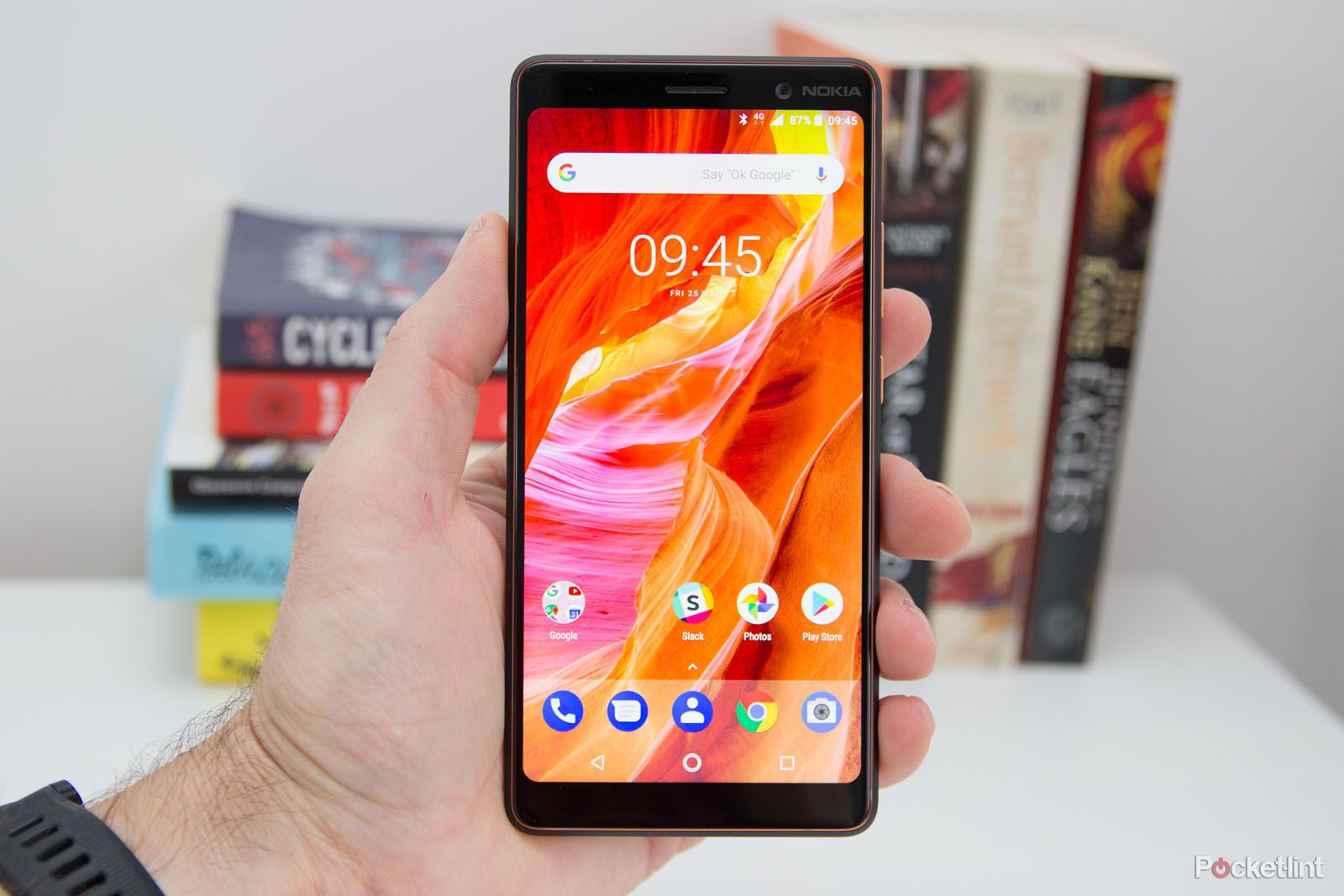
Related
A history of Android skins: From HTC Sense to One UI and everything in between
The glorious world of Android customisation.
2 Samsung Galaxy S II
All about widgets
Samsung
The Samsung Galaxy S II, was released in April 2011 and sported a similar 800 x 480 screen to its predecessor. The processor got a bump up to dual-core and 1.2GHz, and there was 0.75GB of RAM. The rear camera was 8-megapixels this time, with a 2-megapixel front-facing cam. Samsung embraced widgets with the Galaxy S II, something that rivals HTC was really pushing at the time.
3 Samsung Galaxy S III
The beginnings of HD
The Samsung Galaxy S III came out in May 2012 and was the first in Samsung’s line to have an HD screen. A resolution of 1280 x 720 was perhaps disappointingly revolutionary at the time. The S III also sported Android 4.0 Ice Cream Sandwich. Internally, there was a 1.4GHz quad-core processor with 1GB of RAM, although Samsung stuck with an 8-megapixel rear camera. It was slightly more sculpted than the previous phone, the beginning of Samsung’s design refinements to its flagship phone line.
4 Samsung Galaxy S4
Bigger, better screen
Released in April 2013 and ditching the Roman numeral naming convention, the Galaxy S4 introduced a larger 5-inch Full HD display. It also upped the processing power inside to a 1.9GHz quad-core chip, with 2GB of RAM. The rear camera improved too, up to 13-megapixels. The improved design sense that worked its way into the S III really came through here: the Galaxy S4 was a great phone, it just looked and felt right.
5 Samsung Galaxy S5
The cameras keep climbing
Arriving in April 2014, the Samsung Galaxy S5 also had a Full HD screen, this time in an even larger 5.1-inch size. (an LTE-A model eventually upped the resolution to 2560 x 1440). There was a 2.5GHz quad-core processor on board, with 2GB of RAM. And the rear camera was once again improved, to a 16-megapixel module. The most interesting thing about the Galaxy S5 was it’s textured, sticky back. Samsung was still using removable plastic back panels at the time.
6 Samsung Galaxy S6
Getting serious about selfies
April 2015’s Galaxy S line was the first to offer two separate devices at the same time. The more standard Galaxy S6 featured a flat, 5.1-inch, 2560 x 1440 Quad HD Super AMOLED display, while Samsung moved to embrace curved edges on its other phones, resulting in the Galaxy S6 Edge and S6 Edge Plus. Splitting up the line was a defining moment for the Galaxy S series, something that continued for many years. The S6 ran on a Samsung-made Exynos octa-core processor, had 3GB of RAM and a 16-megapixel rear camera capable of recording Ultra HD footage. A 5-megapixel camera was adopted for the front.
7 Samsung Galaxy S6 Edge
Embracing soft curves
Like its stablemate also released in April 2015, the Samsung Galaxy S6 Edge had a 5.1-inch Quad HD screen, octa-core processor, 3GB of RAM, 16-megapixel rear camera and 5-megapixel front-facing camera. Where it differed is that the sides of its display were curved and wrapped around the sides of the phone to produce the illusion of no bezel — a radical alternative at the time. It was also joined by Galaxy S6 Edge+ model.
8 Samsung Galaxy S7
The dawn of contactless payments
The Samsung Galaxy S7 was announced in February 2016 and came with a 5.1-inch QHD display (2560 x 1440). Like the S6 before it, it was a flat-screen alternative to the curved Galaxy S7 Edge. It added a dual-pixel 12-megapixel camera for better low light photography and a faster octa-core processor. Samsung Pay — now called Samsung Wallet — was enabled on the phone, which could work through both NFC and magnetic strip systems.
9 Samsung Galaxy S7 Edge
A flagship on every level
The Samsung Galaxy S7 Edge perfectly illustrated Samsung’s mastery over display technology. It had a superb 5.5-inch dual edge QHD display and all the same updated internals as the normal Galaxy S7. In comparison to the S6 Edge, the S7 Edge was a bit rounder, but overall it was a major improvement and a true flagship phone in every respect.
10 Samsung Galaxy S8
Say hello to the edge-to-edge display
The Samsung Galaxy S8 was the first to introduce the Infinity Display, which was how Samsung branded its new edge-to-edge display with virtually no bezels. The front-mounted home button was moved to the back too, albeit in a slightly awkward position. While there was also a second variant in the S8 Plus, which came with a bigger screen and battery, the standard Galaxy S8 made curved edges standard, moving away from a flat screen Samsung had kept in rotation until then.
11 Samsung Galaxy S9
An answer to Apple’s Memoji
On the surface, the Samsung Galaxy S9 looked very similar to the S8 from 2017. The phone still had the same curved edge design, 5.8-inch OLED screen size, and was, once again, waterproof. Instead, Samsung chose to differentiate the Galaxy S9 with new software features like AR emoji, which allows the phone to create a 3D avatar by scanning your face and creating a range of custom emoji for you. These could be used in WhatsApp or Facebook Messenger, for example, rather than just basic emoji. The Samsung Galaxy S9+ also launched alongside the S9, offering a dual aperture main camera that was a step up from the previous year.

Related
Galaxy S9 vs iPhone X: It’s Samsung vs Apple in the clash of the titans
We put the Samsung Galaxy S9 and the Apple iPhone X head to head to see which came out on top.
12 Samsung Galaxy S10
Trend-setting across the board
The Samsung Galaxy S10 launched alongside the larger S10+, the more affordable S10e and a 5G capable model. The 2019 flagship from Samsung featured a lot of the same design facets we grew to know and love. Samsung also included some trendsetting new features like the UltraSonic fingerprint sensor, triple-camera system, smart auto-camera suggestions, reverse wireless charging, and a hole-punch selfie camera. It was in many ways the flagship smartphone to beat at the time.
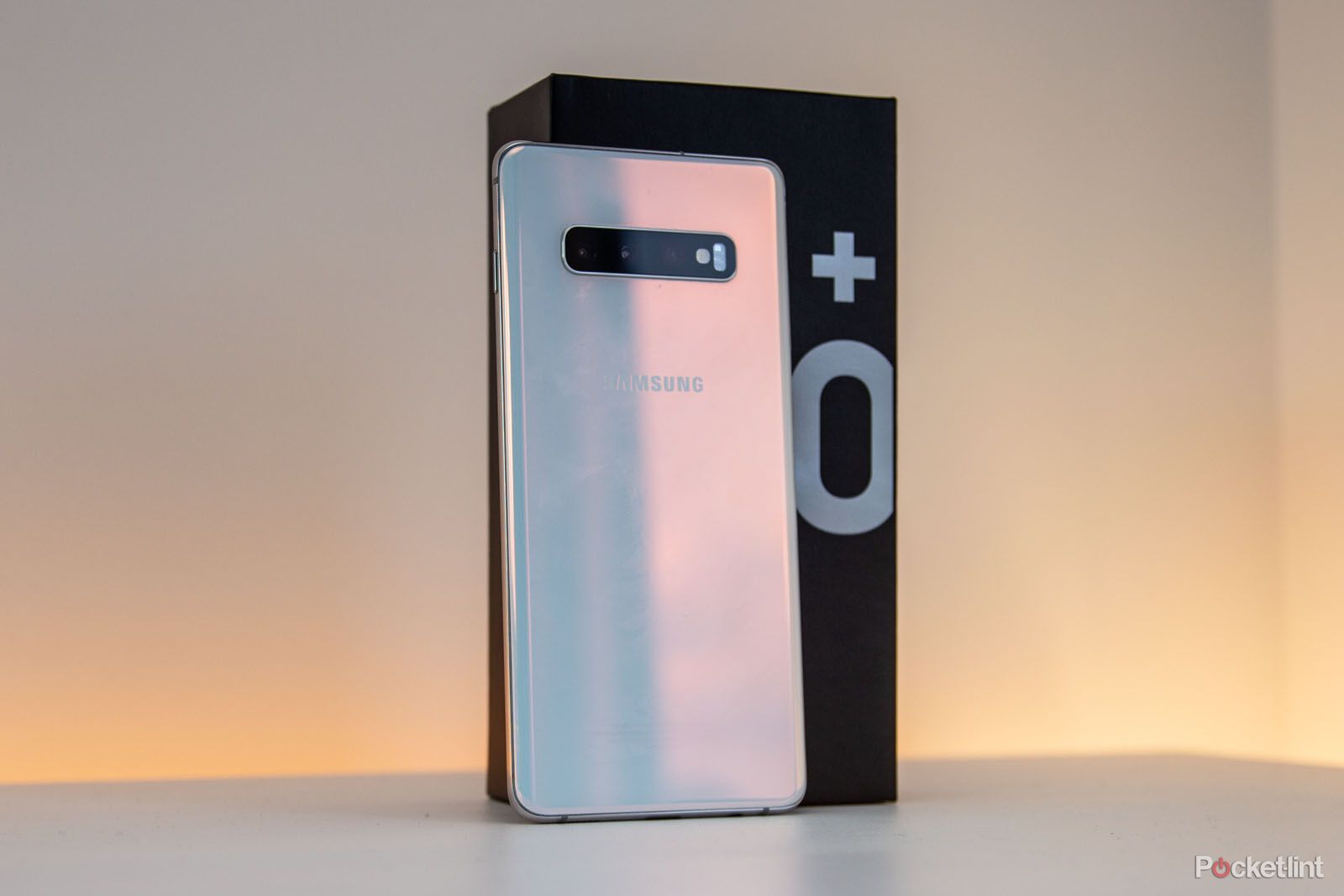
Related
Samsung Galaxy S10 tips and tricks: The complete guide
A full guide to everything that the Samsung Galaxy S10 and S10 Plus will do
13 Samsung Galaxy S20
Gone are the bezels
Samsung’s flagship phone for 2020 was the Samsung Galaxy S20, Galaxy S20+, and S20 Ultra (below). The standard handset took the Infinity Display concept further — almost eliminating the bezel entirely. It also switched the hole-punch front camera to the center. The screen sizes of the S20 and S20+ were 6.2 and 6.7-inches respectively, with Quad HD+ (3200 x 1440) resolutions. They also had in-display fingerprint scanners, like their S10 predecessors. Perhaps the biggest generational leap came with the bump to a 120Hz refresh rate display, triple-lens cameras, and the S20+’s Time-of-Flight sensor. Both phones were 5G-enabled, though Samsung sold a 4G version of the S20 as well.
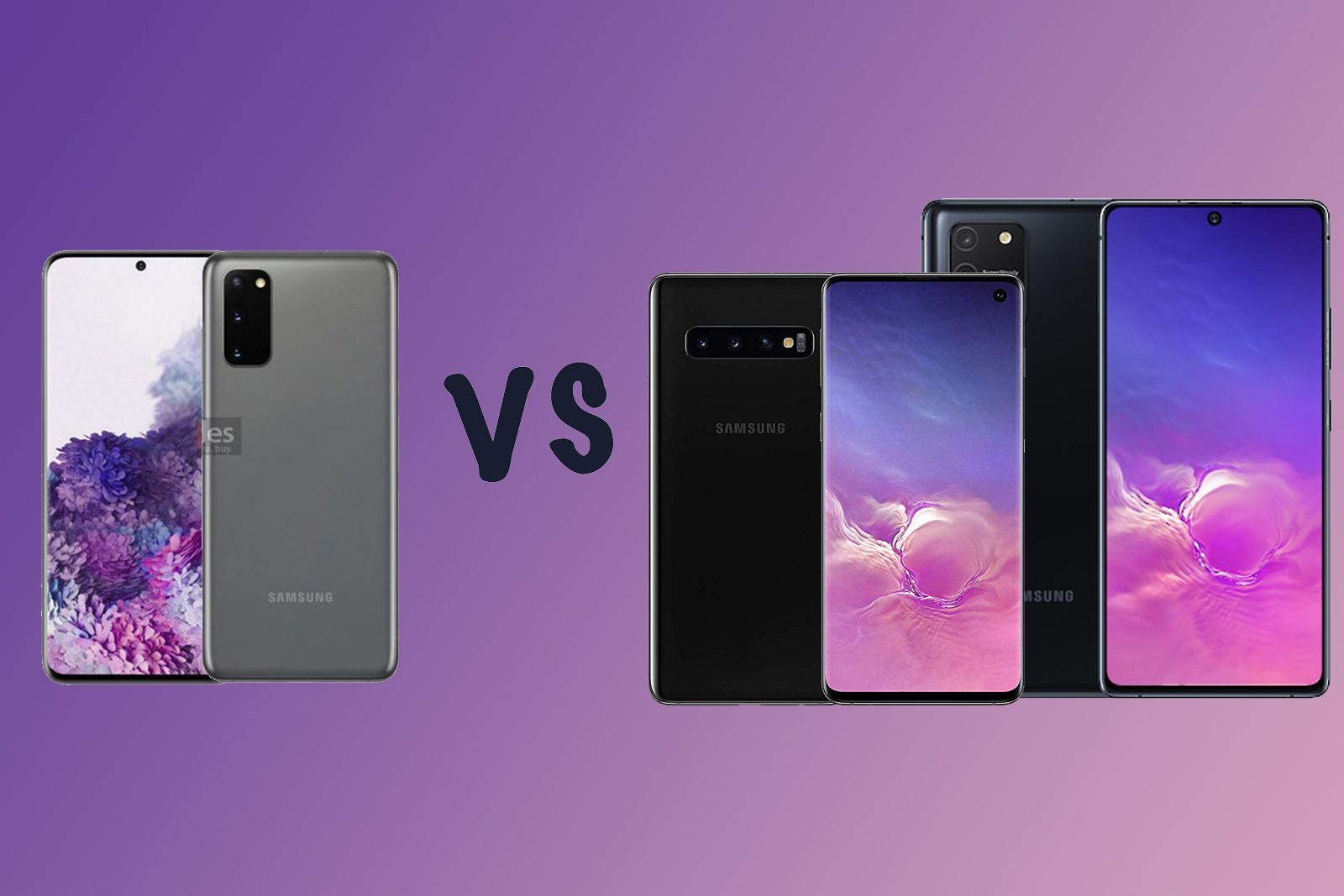
Related
Samsung Galaxy S20 vs Galaxy S10 vs Galaxy S10 Lite: How do they compare?
Samsung announced the Galaxy S20 alongside the S20+ and S20 Ultra as its flagship devices for 2020.
14 Samsung Galaxy S20 Ultra
Big screen beauty
The introduction of the Samsung Galaxy S20 Ultra was really the introduction of a new class of hyper-premium flaghsip smartphone. It had a mammoth screen — 6.9-inches, Quad HD+ (3200 x 1440) and 120Hz — but is perhaps going to be best remembered for its huge camera bump. As well as a Time-of-Flight sensor, the Ultra sported 108-megapixel main, 48-megapixel 10x telephoto, and 12-megapixel ultrawide cameras. It was also capable of up to 100x “Space Zoom” for some stunning long-range photography.
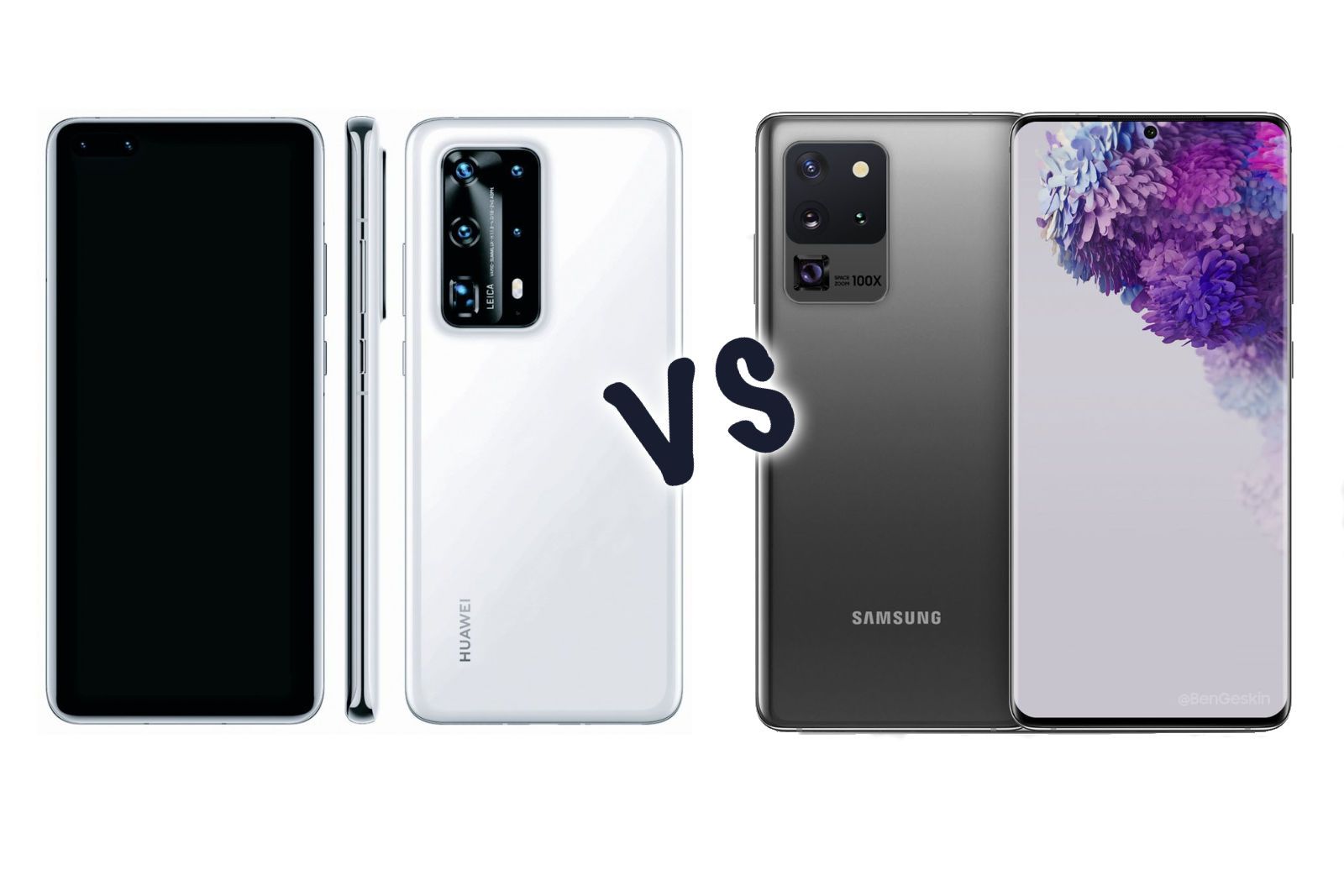
Related
Huawei P40 Pro+ vs. Samsung Galaxy S20 Ultra: Battle of the super phones
Huawei has a history of making great camera phones, but will the lack of Google services make it less competitive with Samsung?
15 Samsung Galaxy S20 FE
An affordable alternative
The Samsung Galaxy S20 FE (Fan Edition) was introduced as a more affordable option, but unlike the Galaxy S10e, it didn’t feel compromised. Priced cheaper than the other S20 models, it matched their power — with Snapdragon 865 globally — and had a great display and camera system. The build was slightly cheaper, and it had a flat display, but it offered great value for the money. The FE line has continued to sit in this position as a mid-year update with flagship specs.
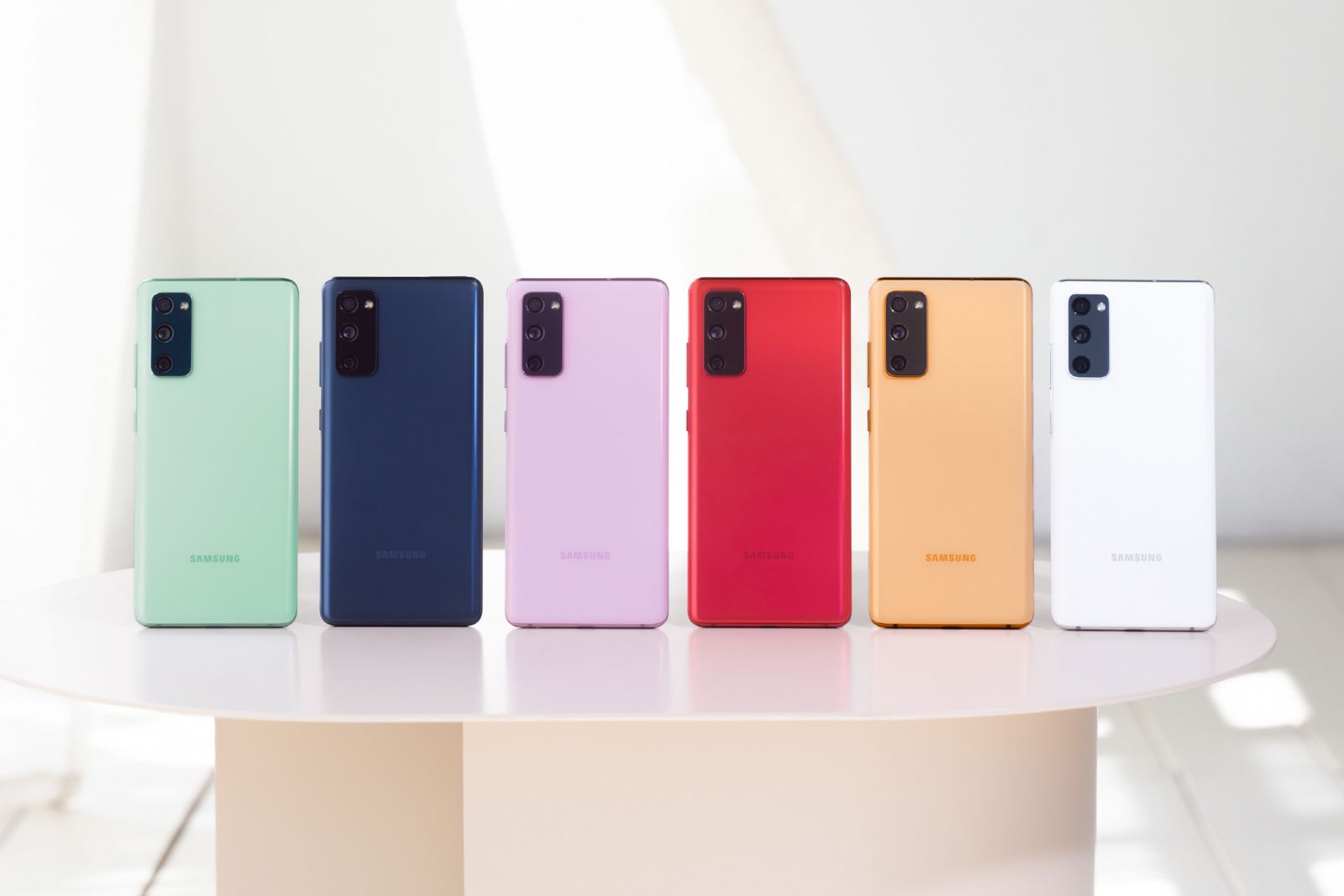
Related
Samsung Galaxy S20 FE is a cheaper flagship phone, packed with specs
An alternative to the popular mid-range?
16 Samsung Galaxy S21
A fresh take on design
The Samsung Galaxy S21 and larger Galaxy S21+ took the flagship phone range in a slightly different direction. While they were a little cheaper than the launch price of the S20 models in 2020, there were a couple of moves — reducing the display to 1080p and moving to a plastic back — that justified the price reduction. The S21 also returned to a flat display, like the Galaxy S7. But they were still powerful flagship level devices, with a triple camera arrangement and adaptive refresh rate display that, while only 1080p, still hit 120Hz. By reorganizing the line in this way, the S21 Ultra became the clear Samsung flagship in 2021.
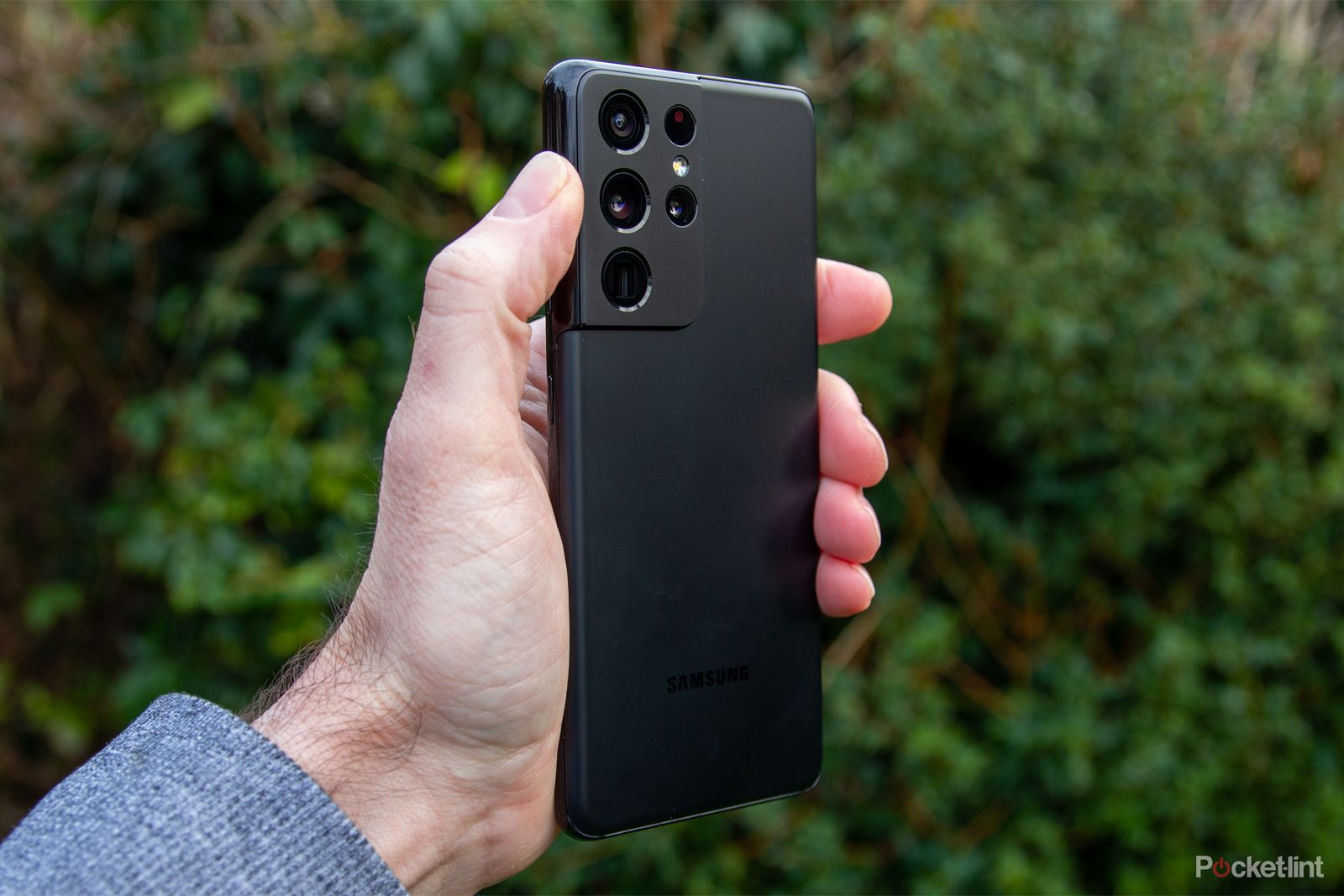
Related
Samsung Galaxy S21 tips and tricks: Master the S21 FE, S21, S21+ and S21 Ultra
Get to know everything about Samsung’s family of S21 handsets.
17 Samsung Galaxy S21 Ultra
With the camera at its core
While most of the attention was on the huge camera unit on the back of the Samsung Galaxy S21 Ultra, Samsung spent a surprising amount of time marketing the Ultra’s Phantom Black finish. With the S21 models moving down in positioning slightly, there was renewed focus on what the S21 Ultra offered. New display tech and a rethinking of the cameras on the back made for a more attractive package, with Samsung looking to reassert itself as the flagship phone to lust after — and now the only model with a curved display.
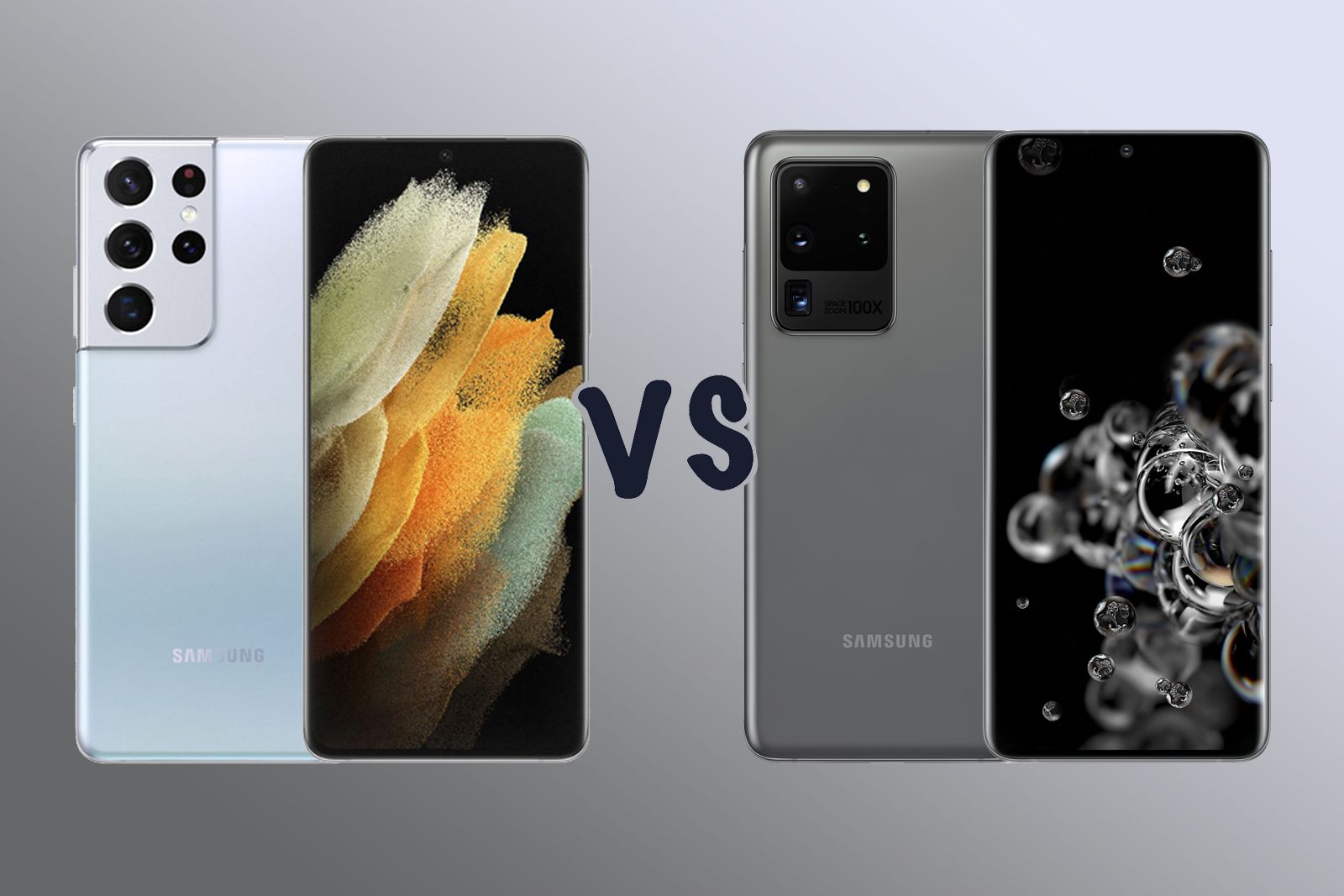
Related
Samsung Galaxy S21 Ultra vs Samsung Galaxy S20 Ultra: What’s the difference?
How do Samsung’s recent flagship phones compare?
18 Samsung Galaxy S21 FE
Cheaper price but still very capable
A bit later to the party than its predecessor, the Samsung Galaxy S21 FE launched in January 2022, just before the Galaxy S22 range launched. Offering many of the same design traits as the Galaxy S21 range, the main difference on the S21 FE was the color-matched rear camera. Size-wise, it sat between the S21 and S21+ and it offered many of the same features too, including a 120Hz display, though it was not as capable as the S21. Like the S20 FE, the S21 FE hit a sweet spot in terms of price and features, with mainly just a downgrade in camera to allow for a cheaper price.
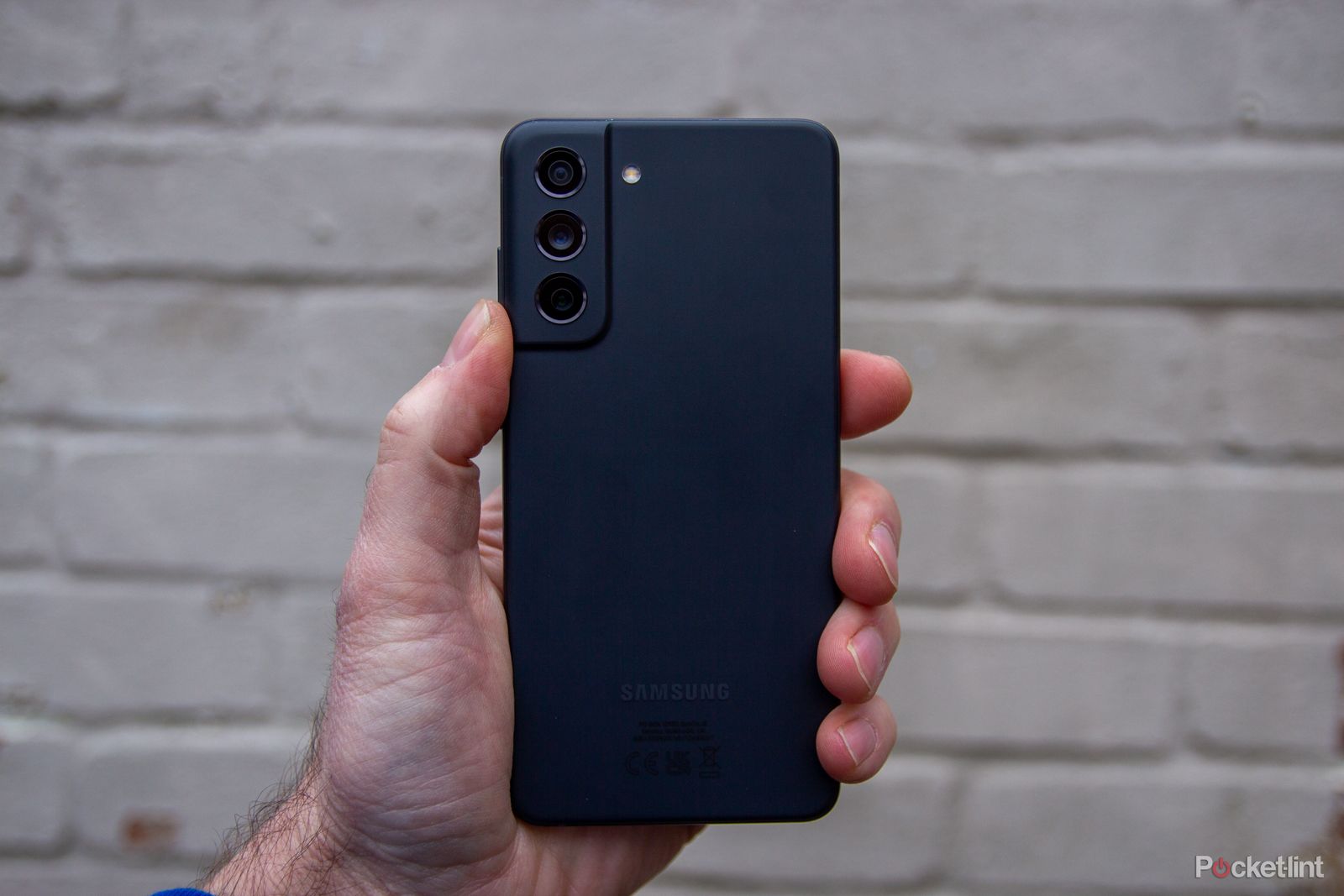
Related
Samsung Galaxy S21 FE – Is it worth it?
Samsung’s brilliant S21 FE is a great budget option – find out why, right here.
19 Samsung Galaxy S22
Not exactly game-changing
Samsung’s Galaxy S22 felt like an iterative update to the Galaxy S21. Again, there were two models — the S22 with a 6.1-inch display and the Galaxy S22+ with a 6.6-inch display. Outside these size differences, these phones were basically the same, offering the same design and build, the same colors, the same power and hardware. There was a difference in the battery capacity, of course. Both these phones also shared features with the Galaxy S22 Ultra, which returned as Samsung’s 2022 flagship.
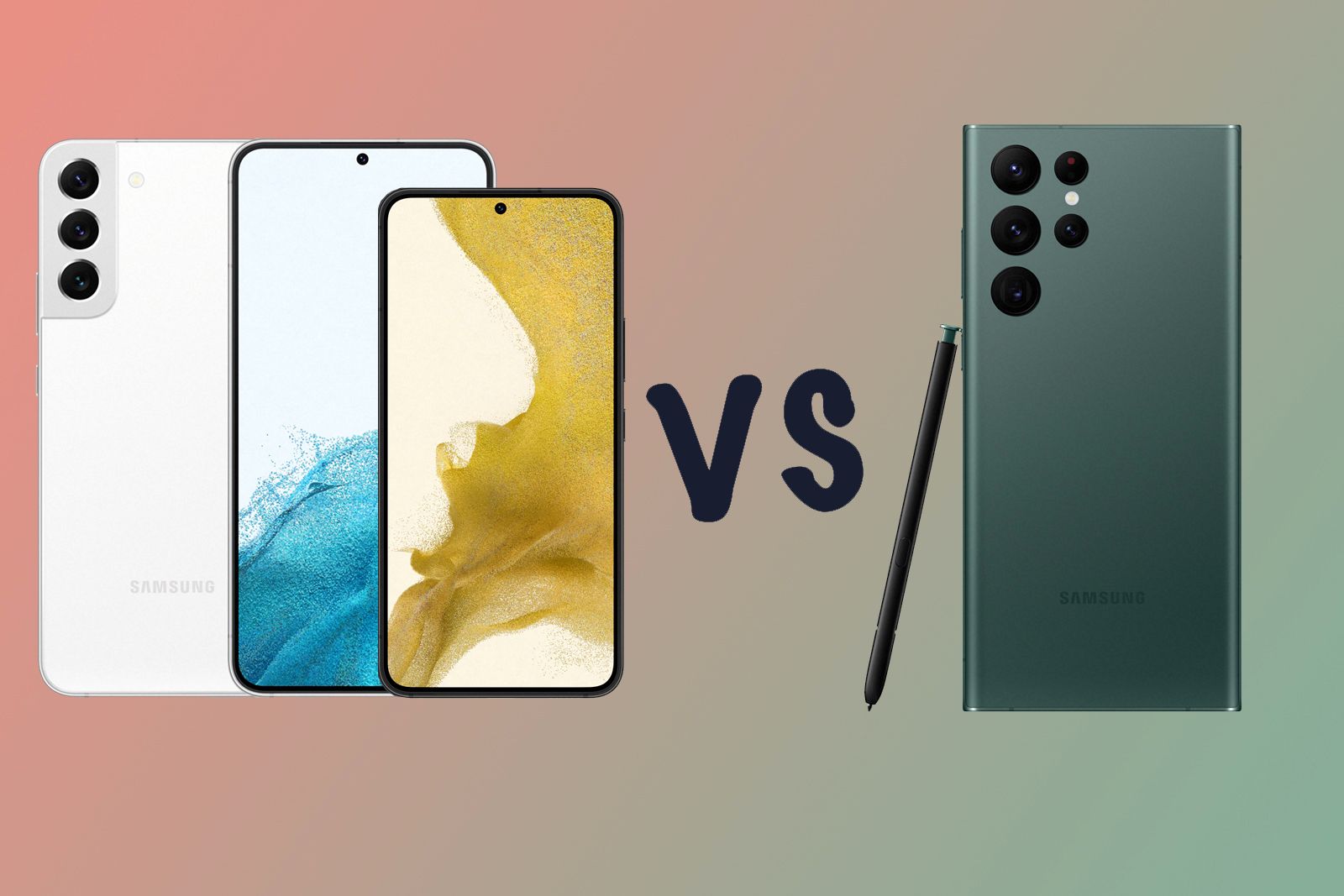
Related
Samsung Galaxy S22 vs S22 Plus vs S22 Ultra: What are the differences?
This is how the Samsung Galaxy S22 range compares to help you work out which is the right phone for you.
20 Samsung Galaxy S22 Ultra
New S Pen support
Updating the flagship of the range, the Samsung Galaxy S22 Ultra supported the S Pen and housed it internally, making it a replacement of sorts for the Galaxy Note series. The design shifted slightly to accommodate the S Pen, but this device still packed in Samsung’s top camera loadout from the previous Ultra phones. It had a 108MP main camera, a 6.8-inch display, and a big battery — and the latest hardware available at the time in 2022.
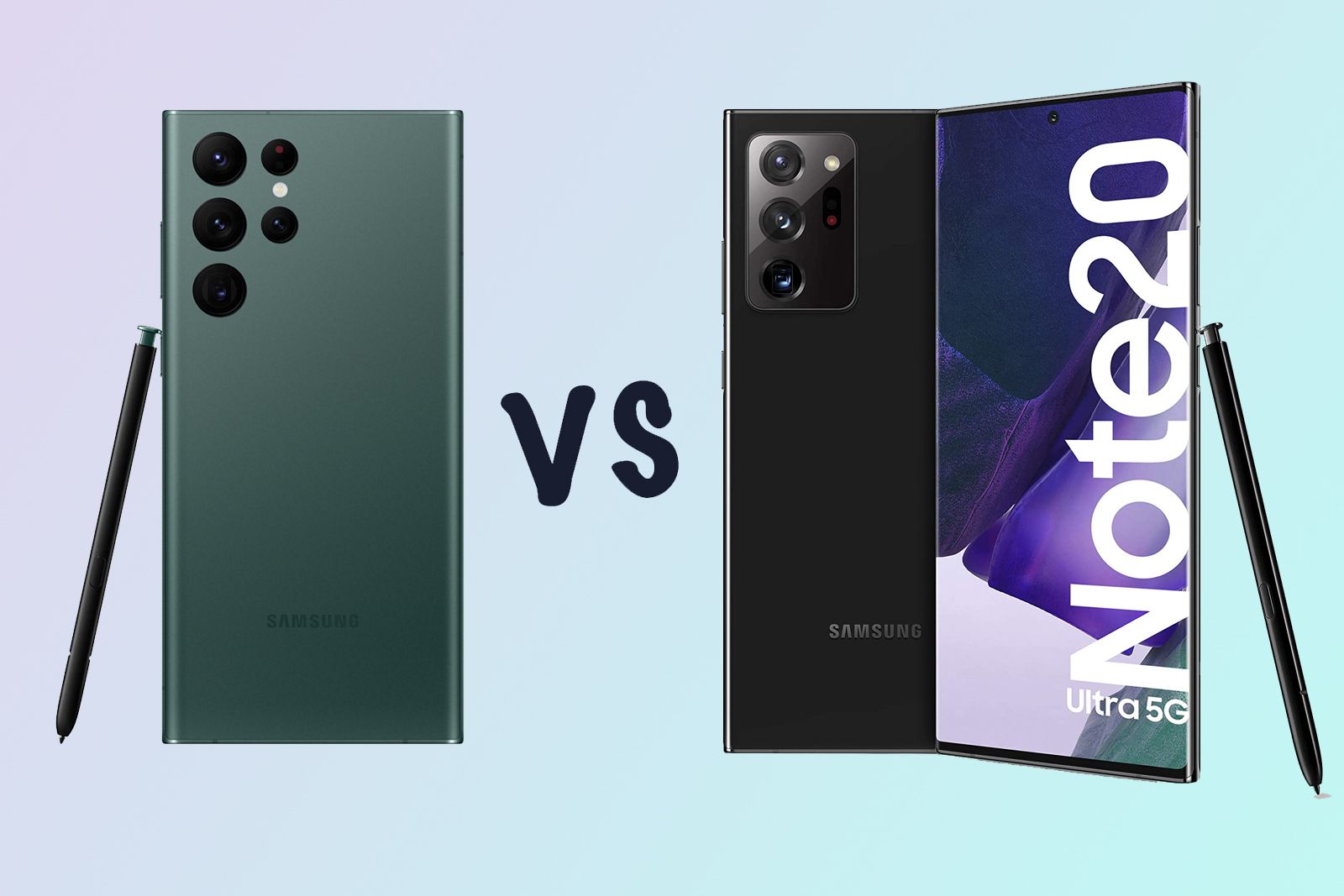
Related
Samsung Galaxy S22 Ultra vs Note 20 Ultra: What’s the difference?
Looking to upgrade your Samsung Galaxy Note 20? Here is how the Galaxy S22 Ultra compares to the Note 20 Ultra and Note 20.
Trending Products

Cooler Master MasterBox Q300L Micro-ATX Tower with Magnetic Design Dust Filter, Transparent Acrylic Side Panel…

ASUS TUF Gaming GT301 ZAKU II Edition ATX mid-Tower Compact case with Tempered Glass Side Panel, Honeycomb Front Panel…

ASUS TUF Gaming GT501 Mid-Tower Computer Case for up to EATX Motherboards with USB 3.0 Front Panel Cases GT501/GRY/WITH…

be quiet! Pure Base 500DX Black, Mid Tower ATX case, ARGB, 3 pre-installed Pure Wings 2, BGW37, tempered glass window

ASUS ROG Strix Helios GX601 White Edition RGB Mid-Tower Computer Case for ATX/EATX Motherboards with tempered glass…


